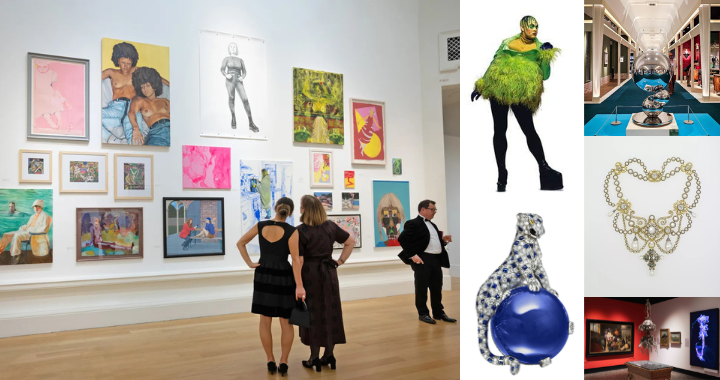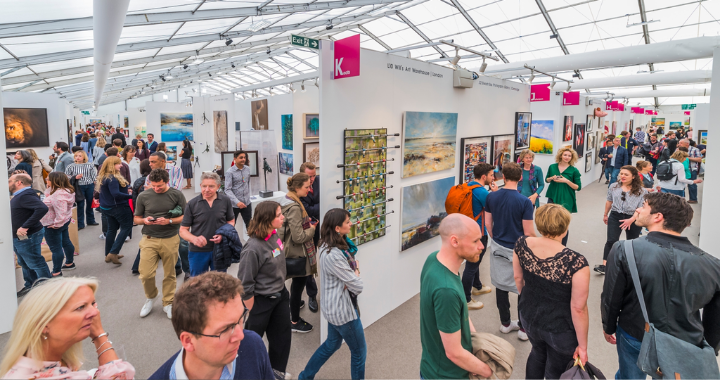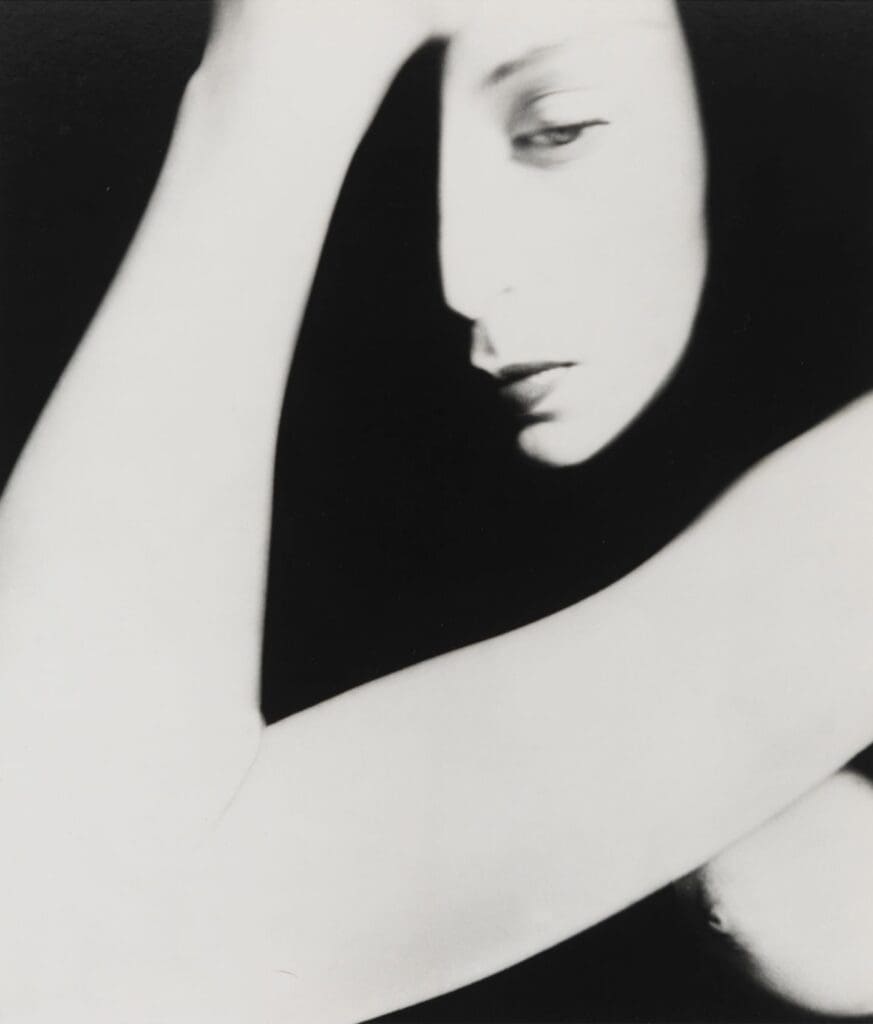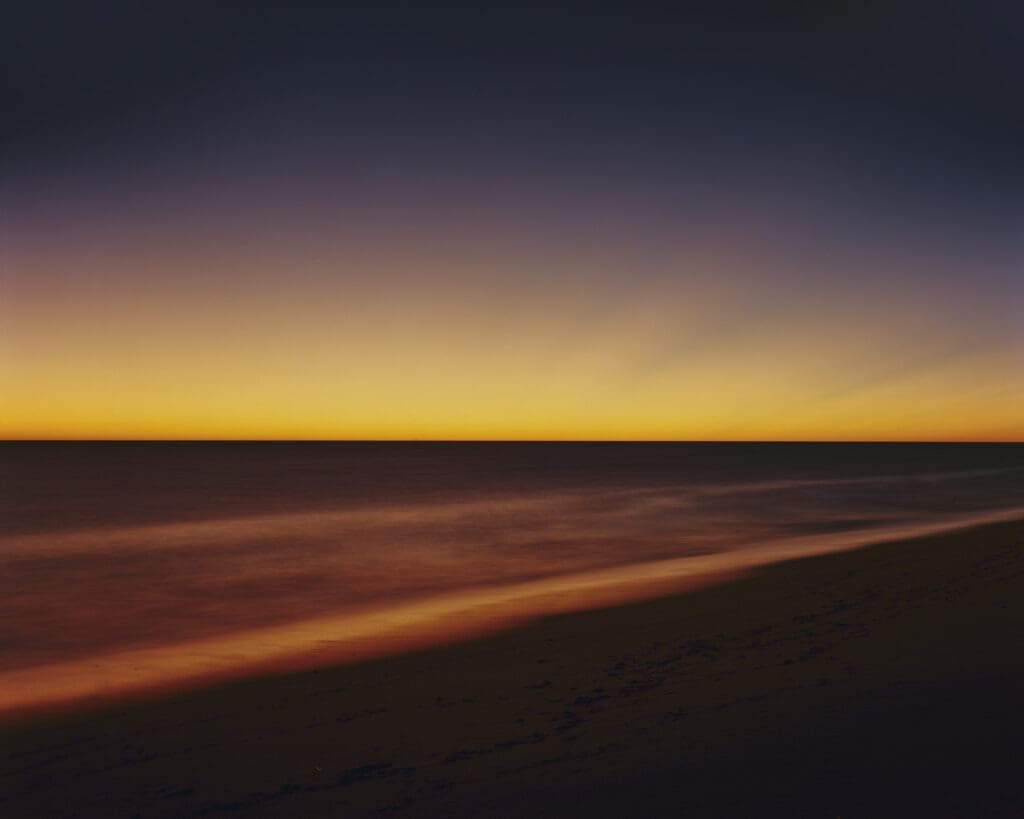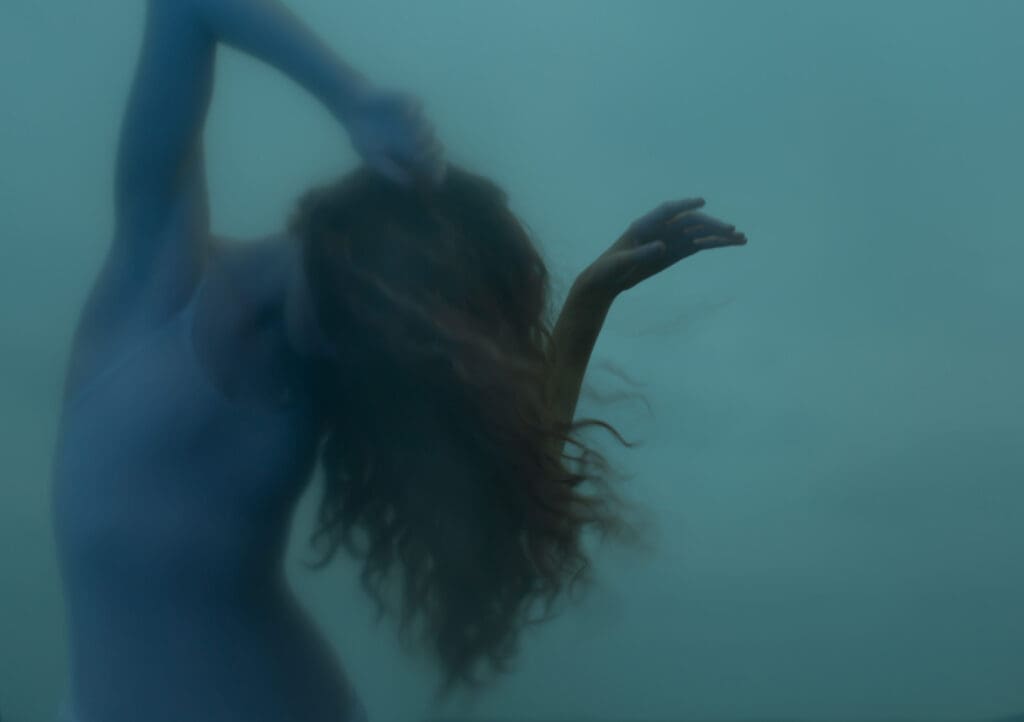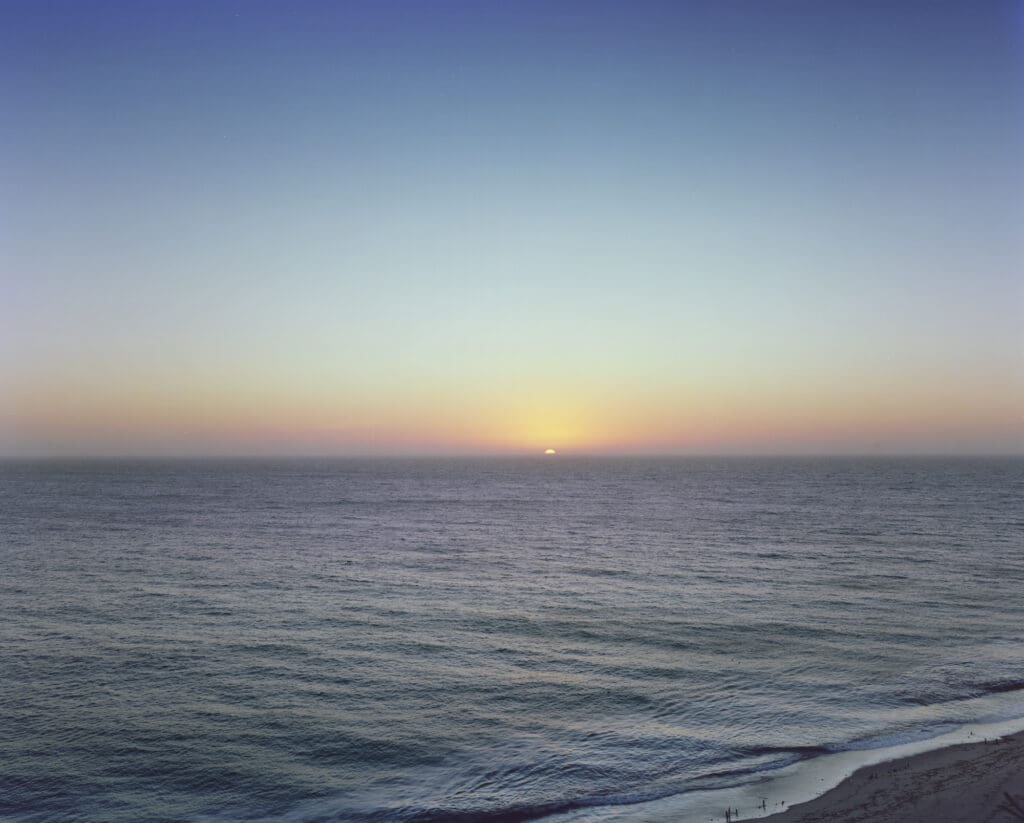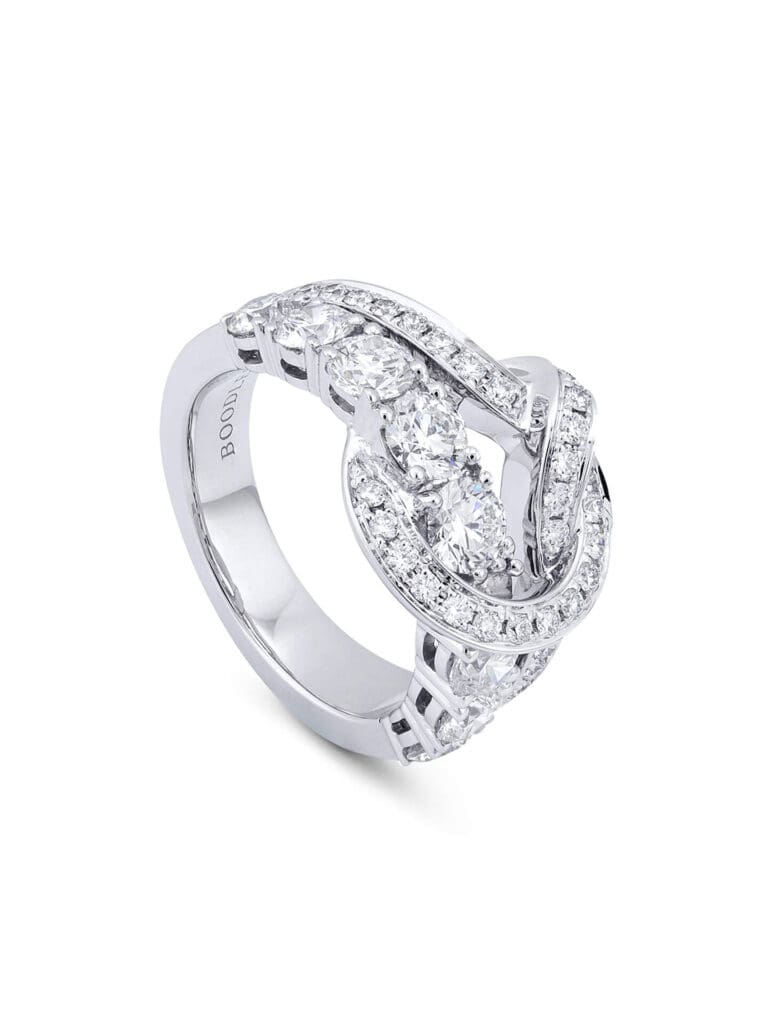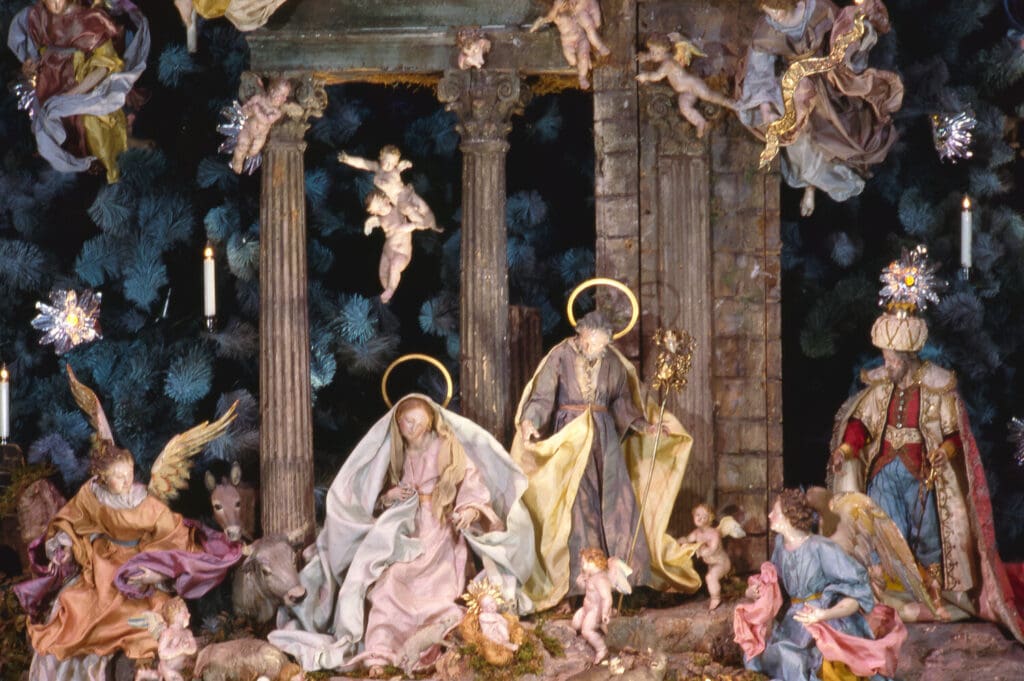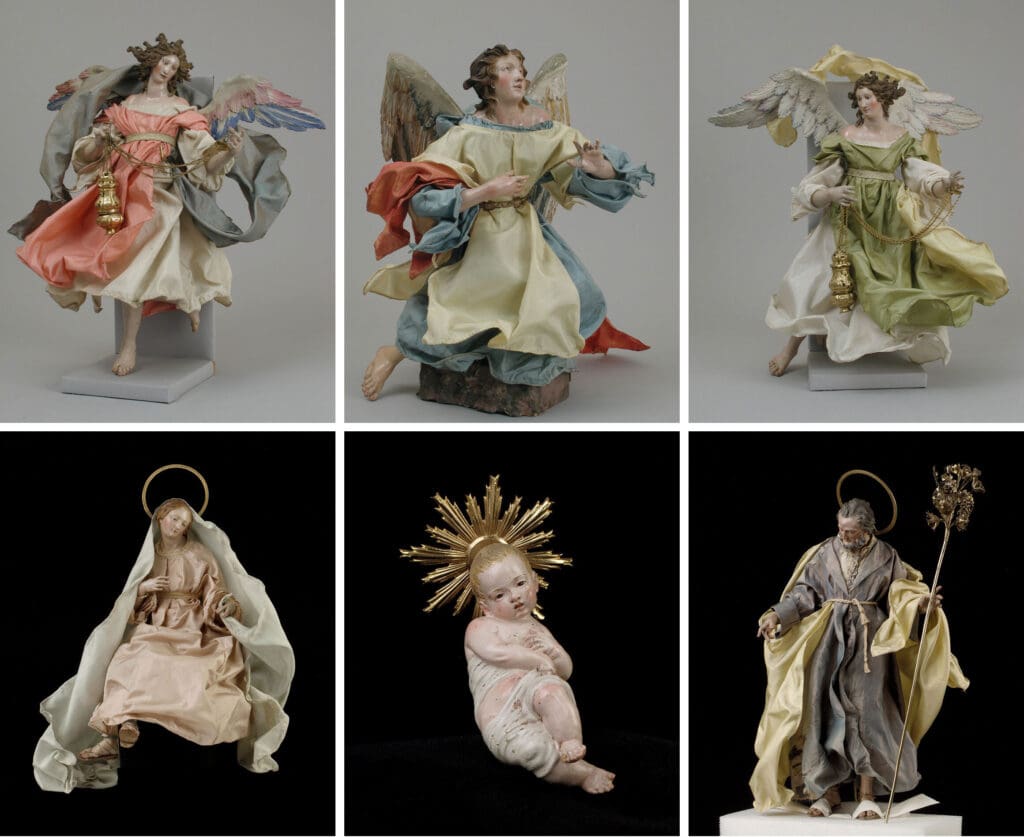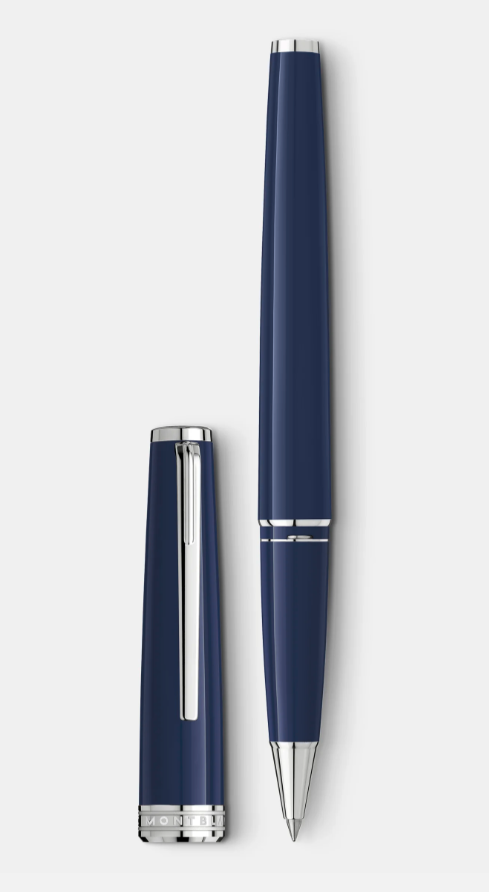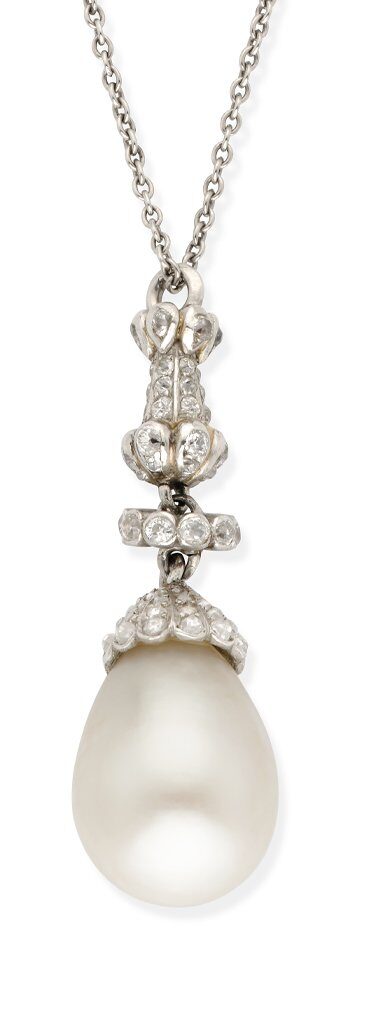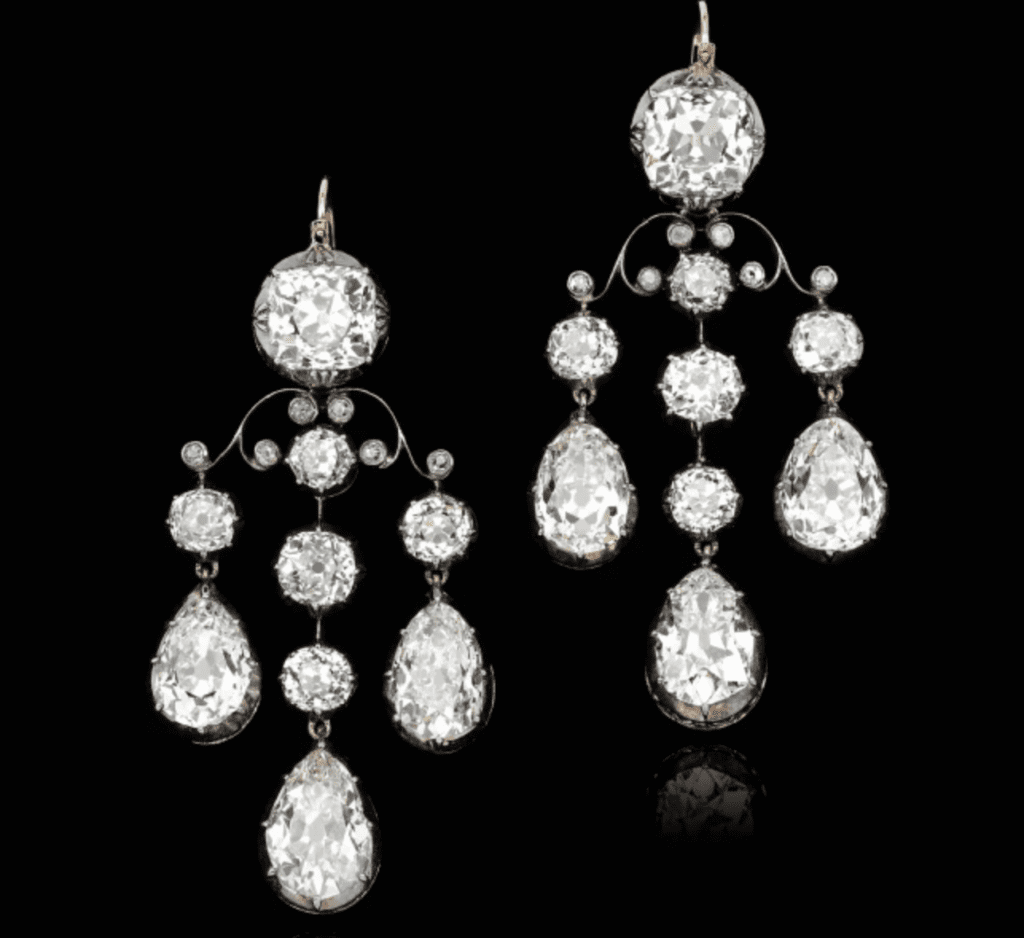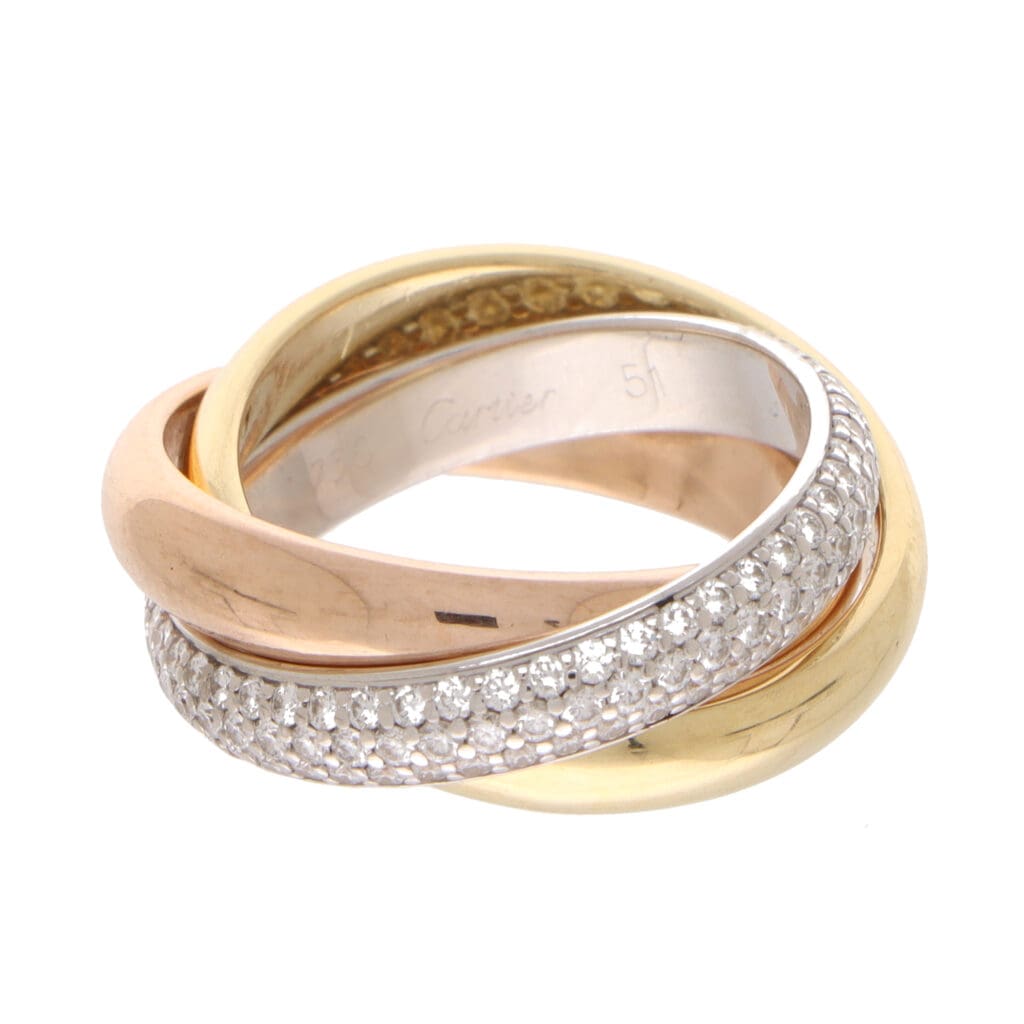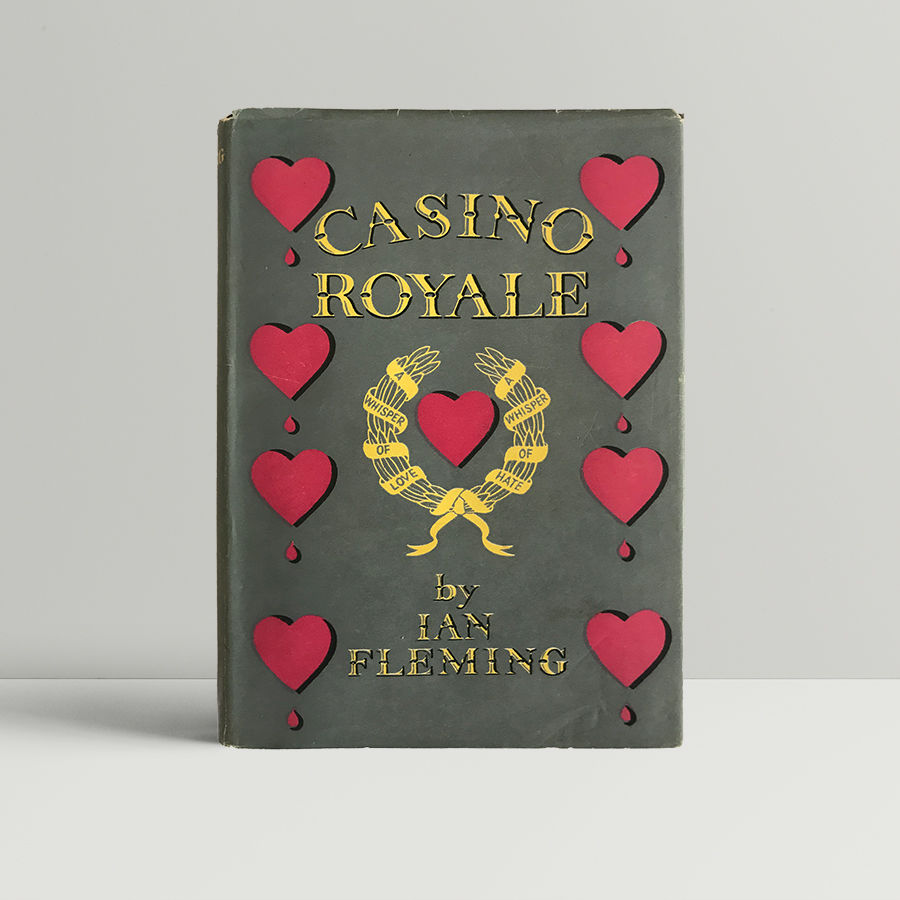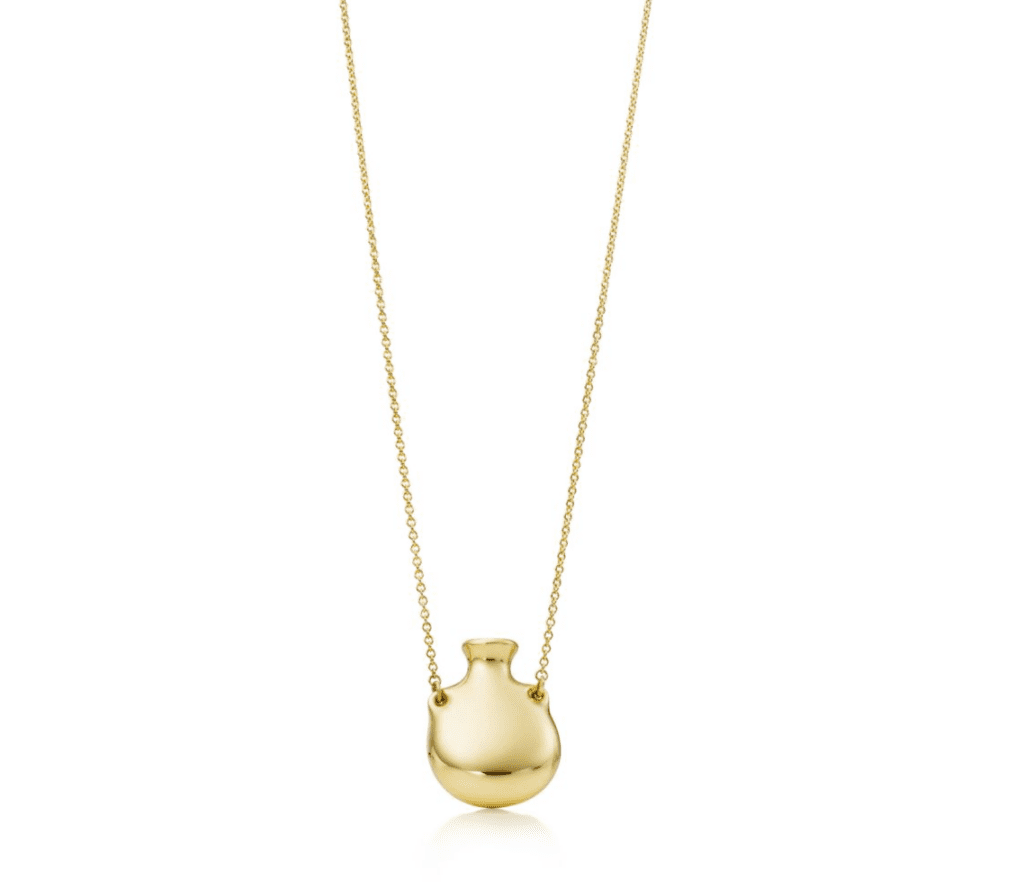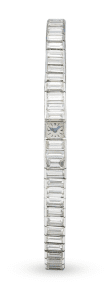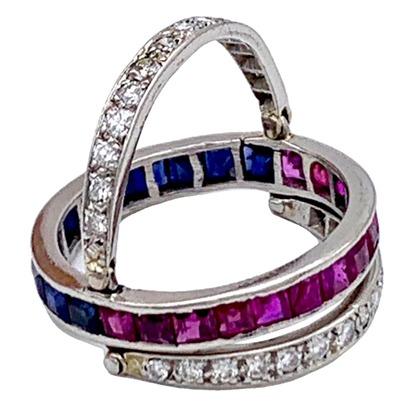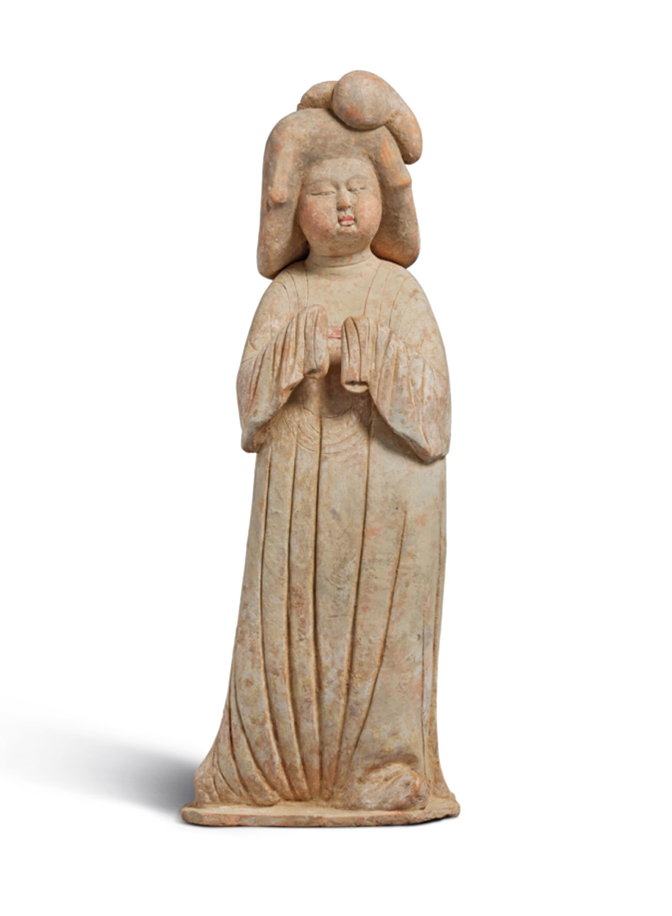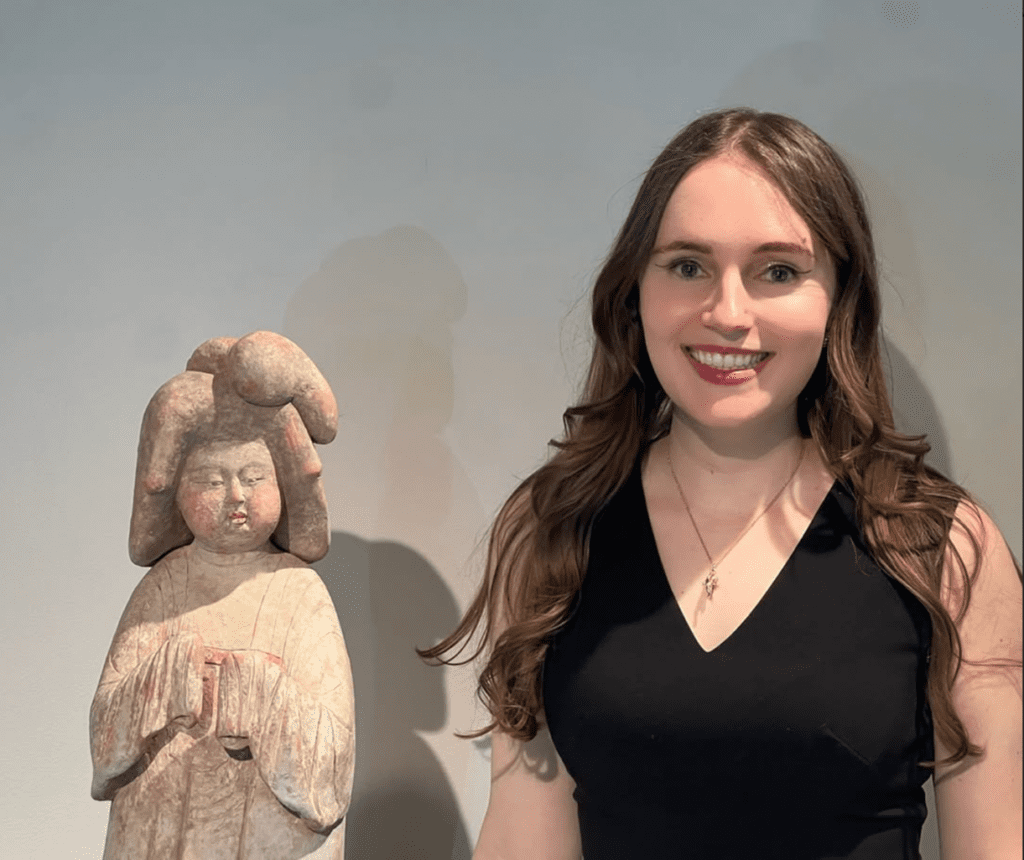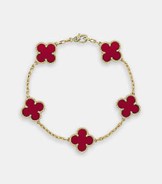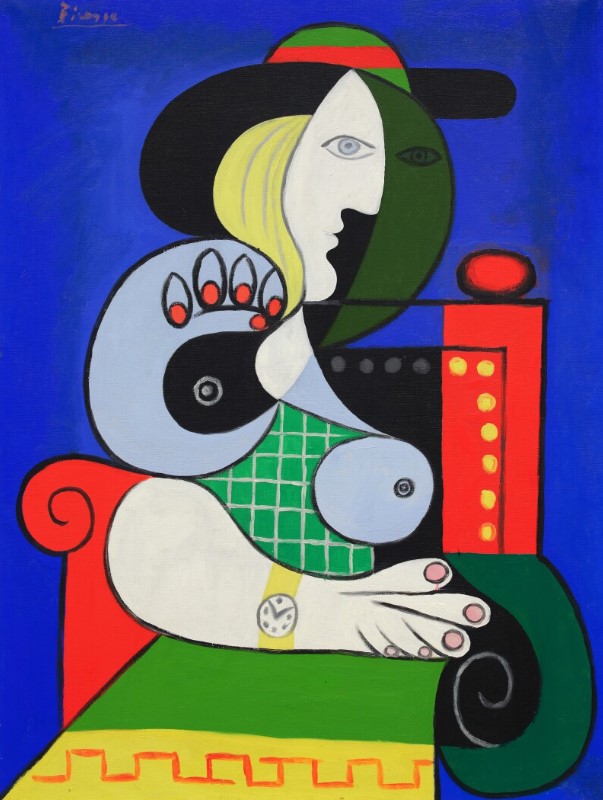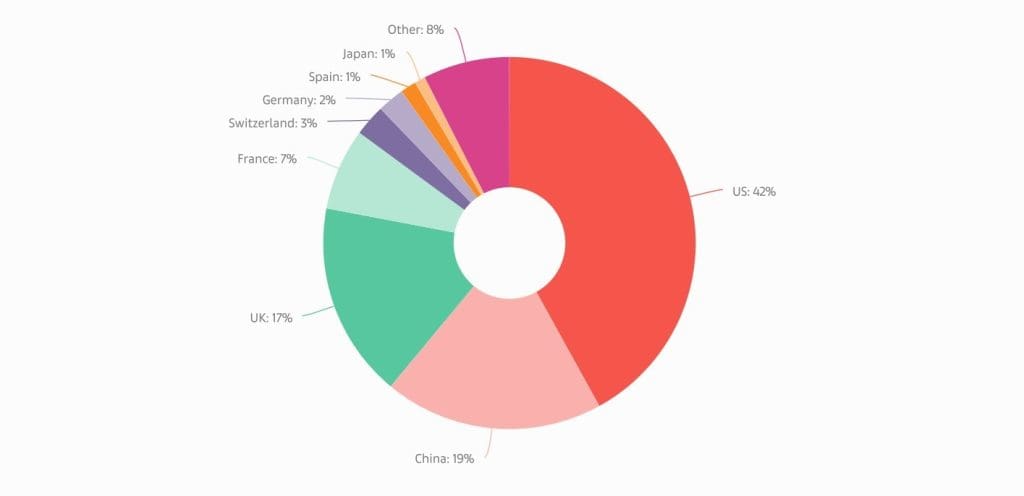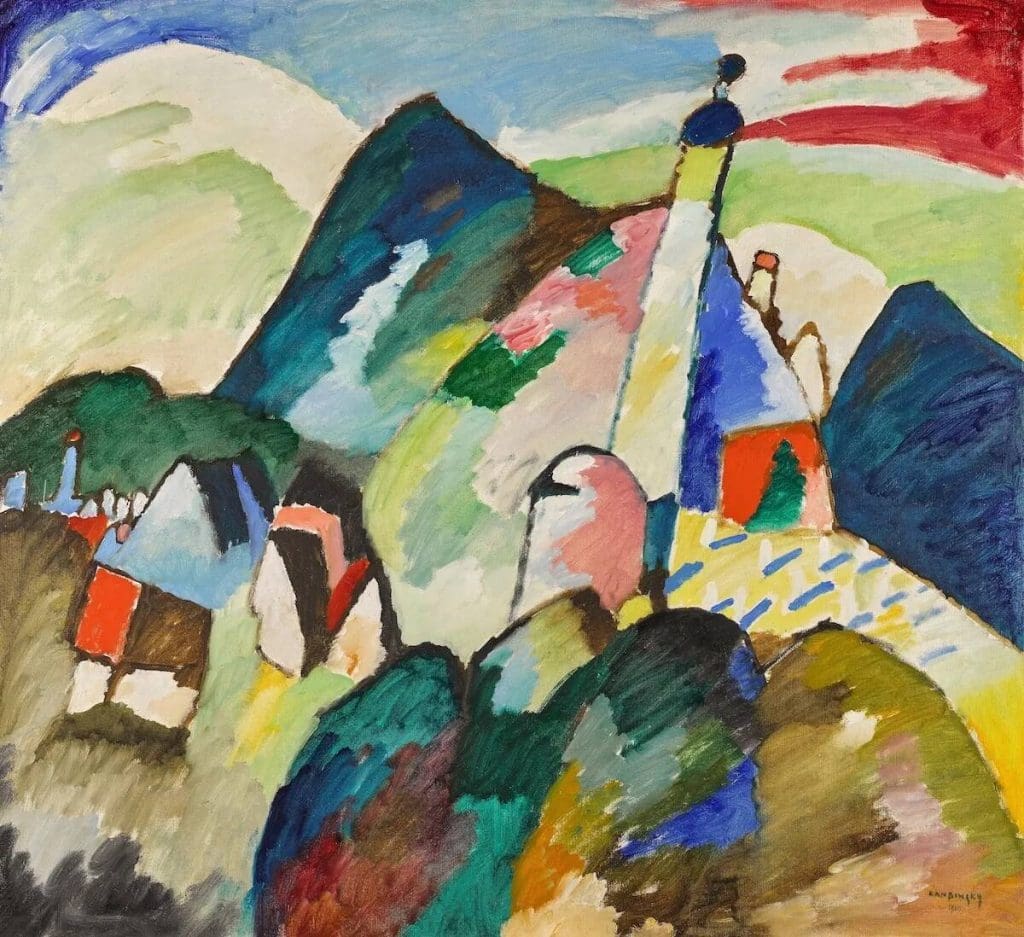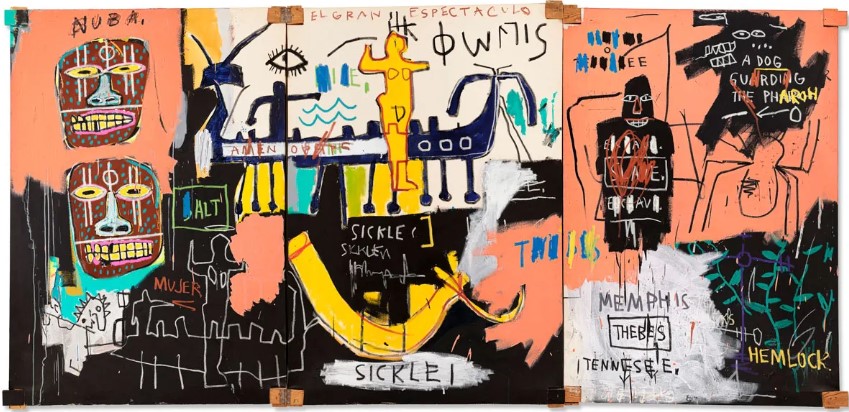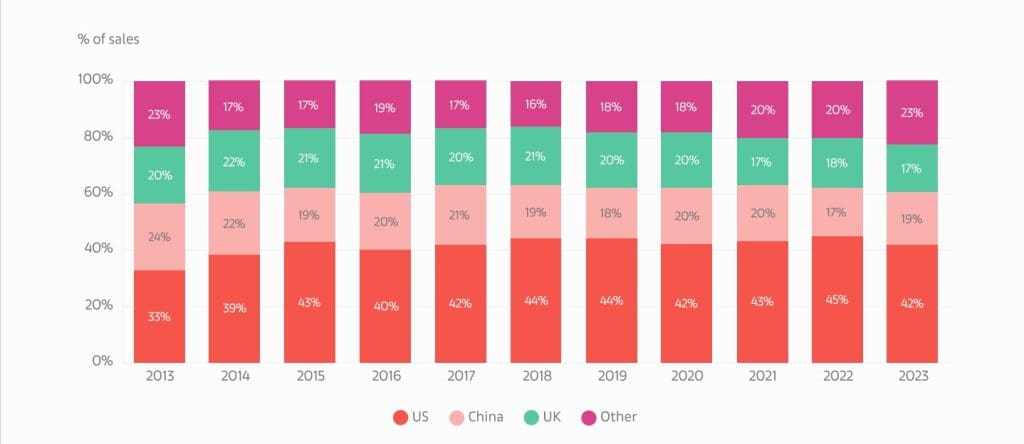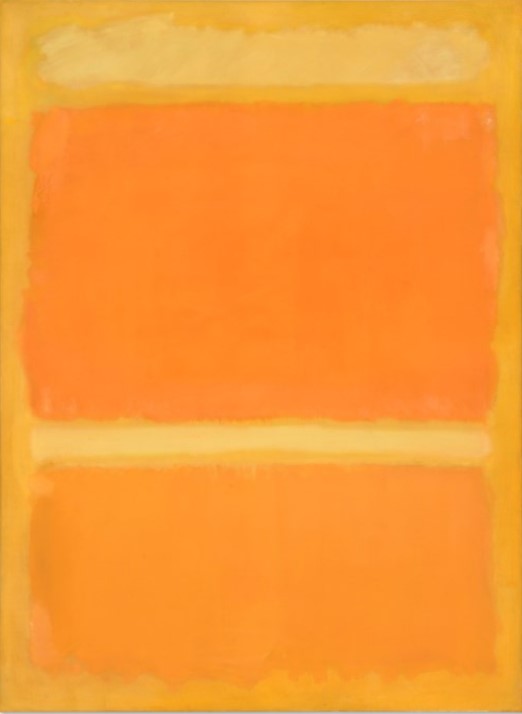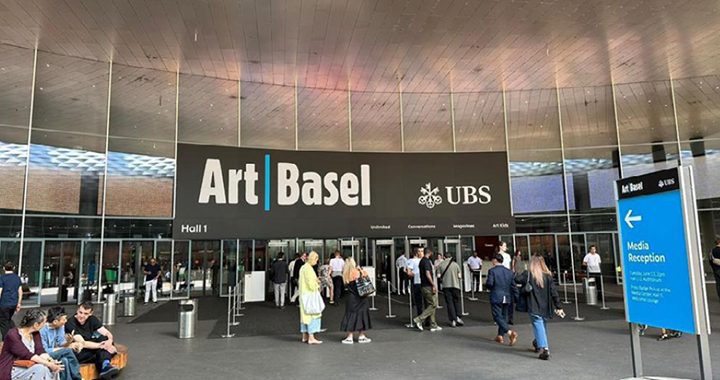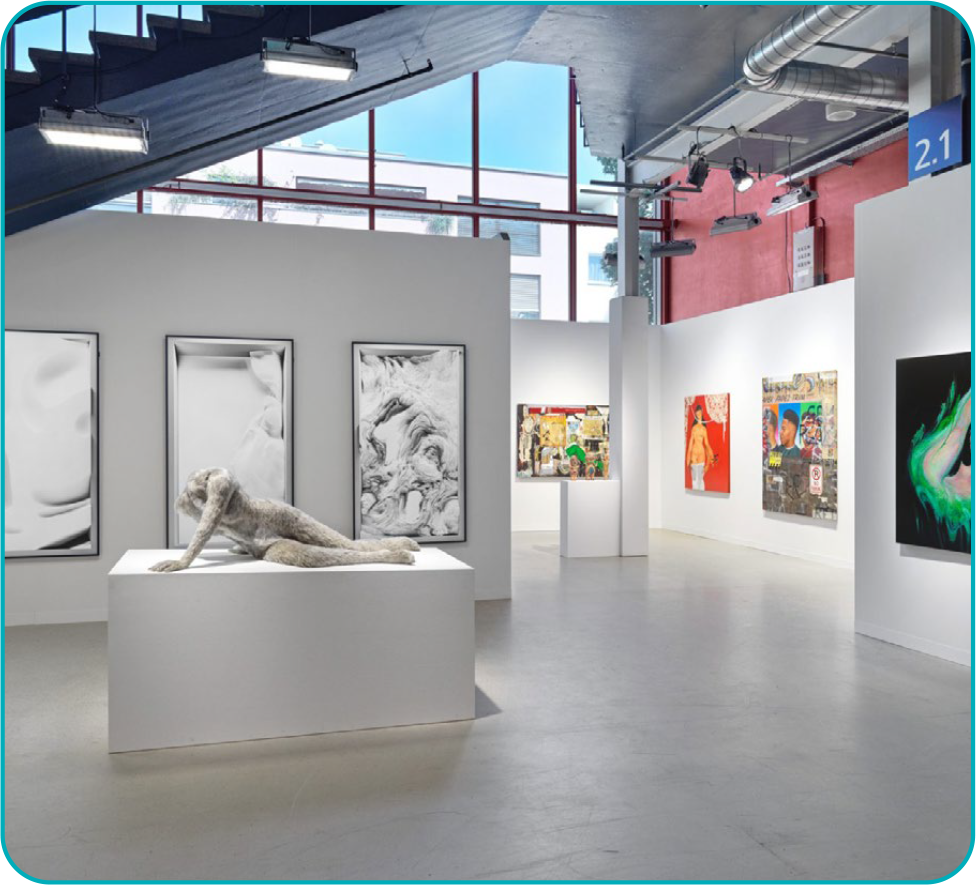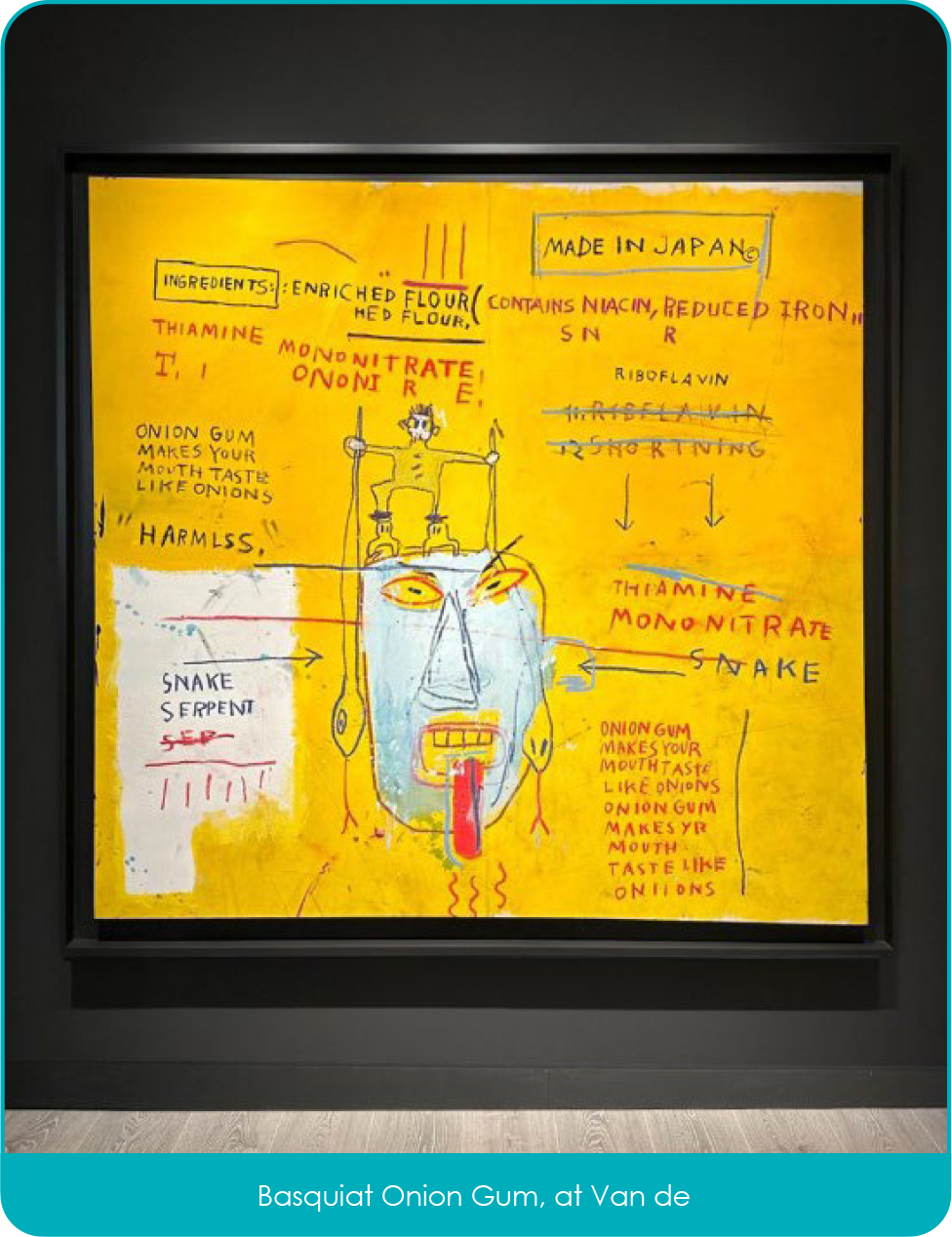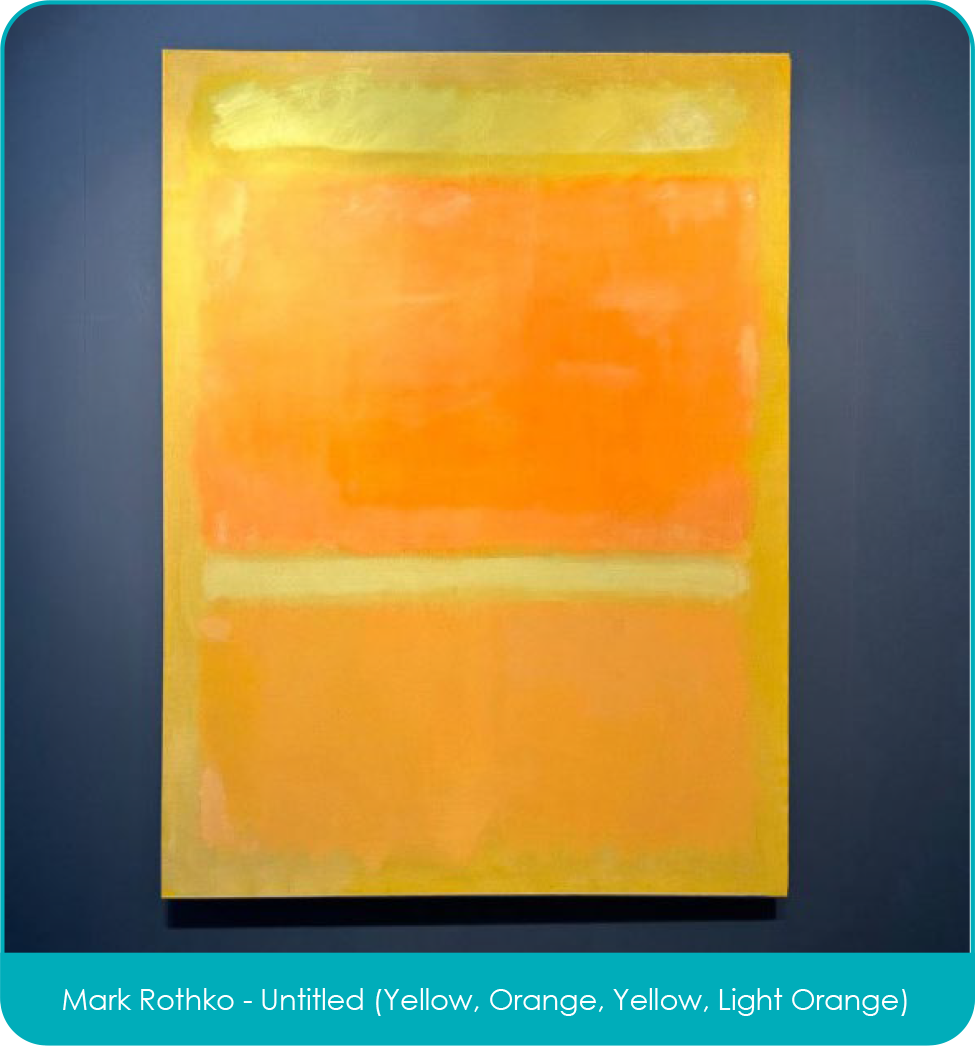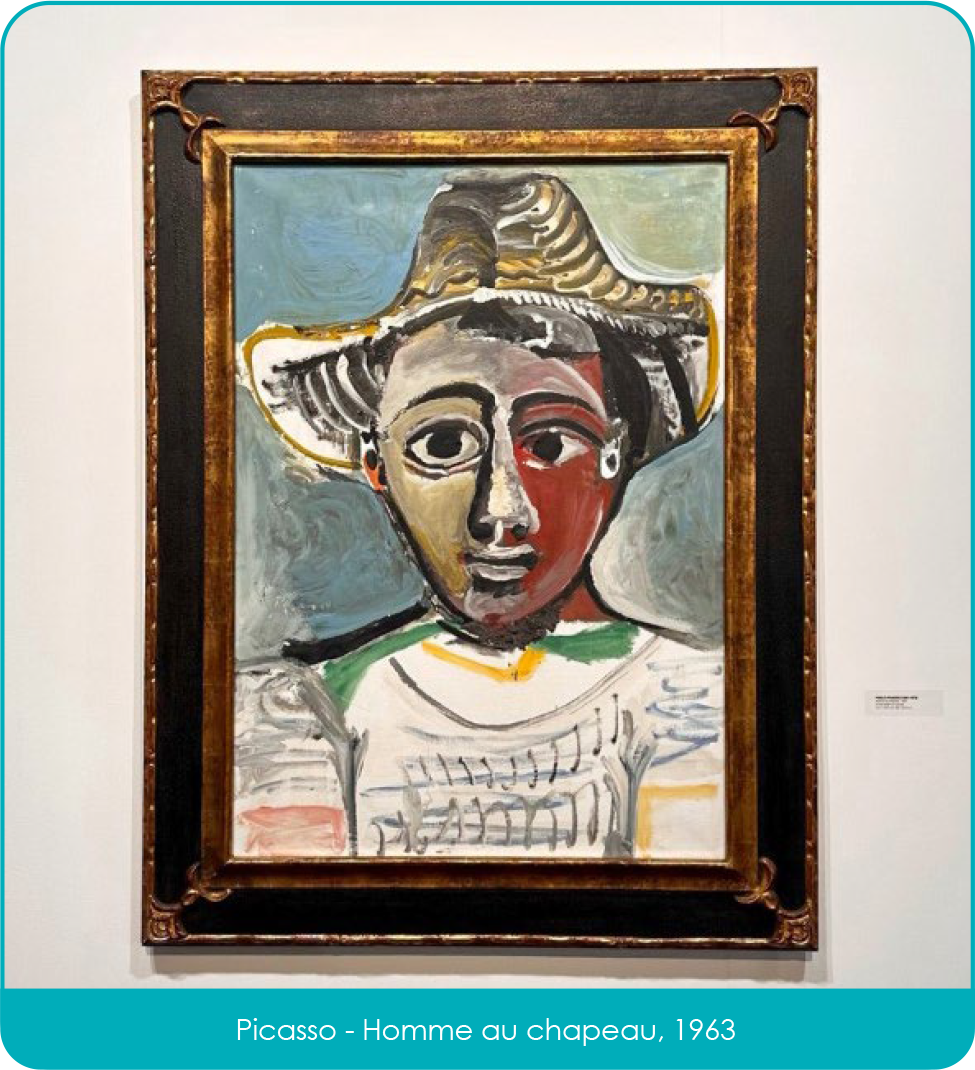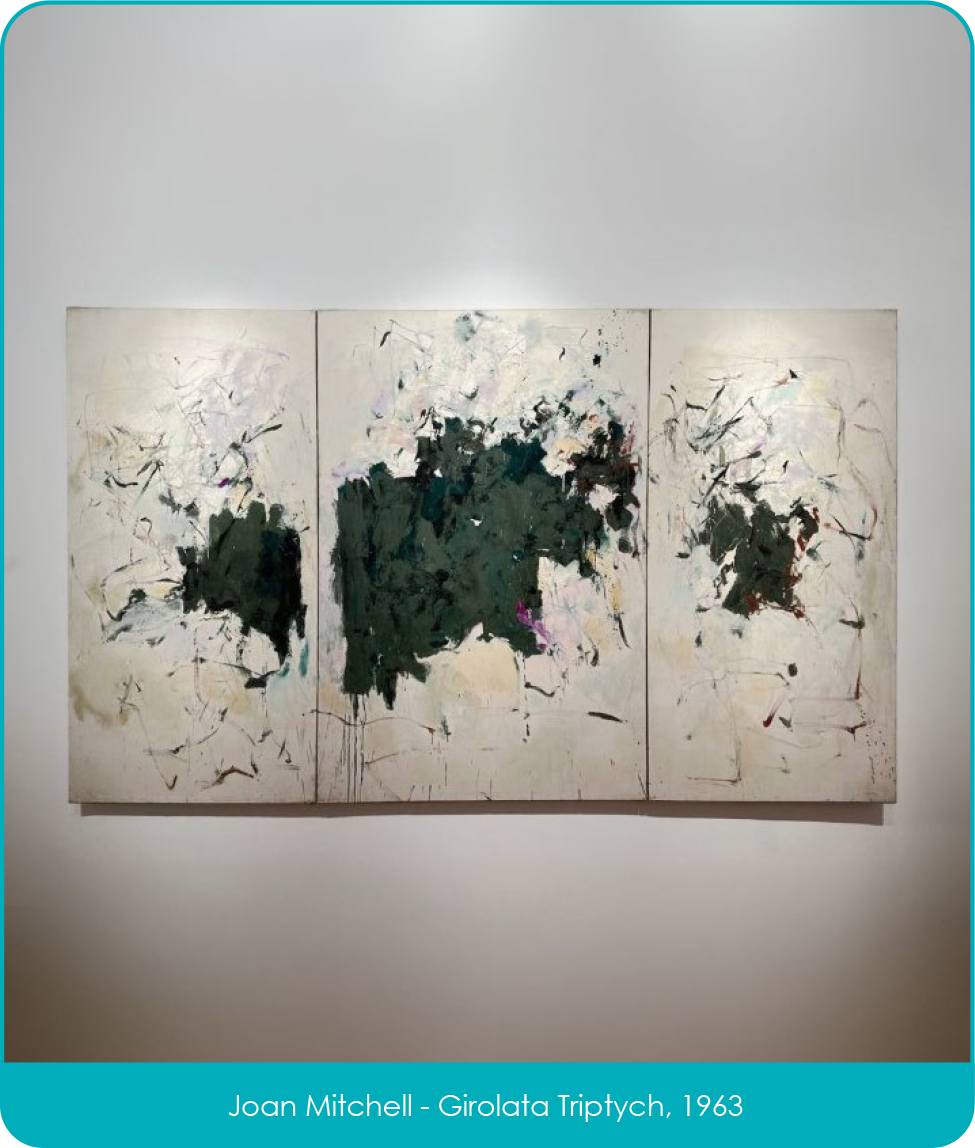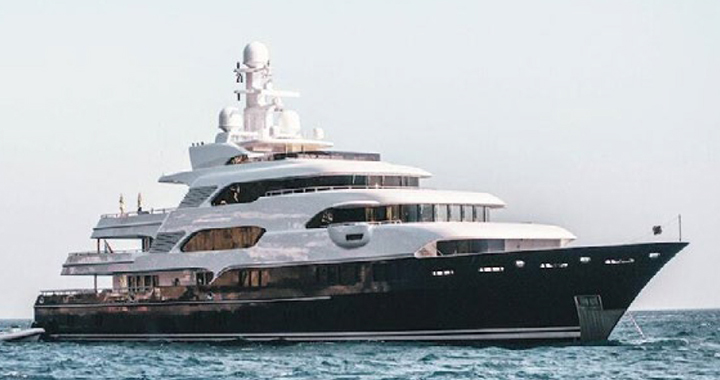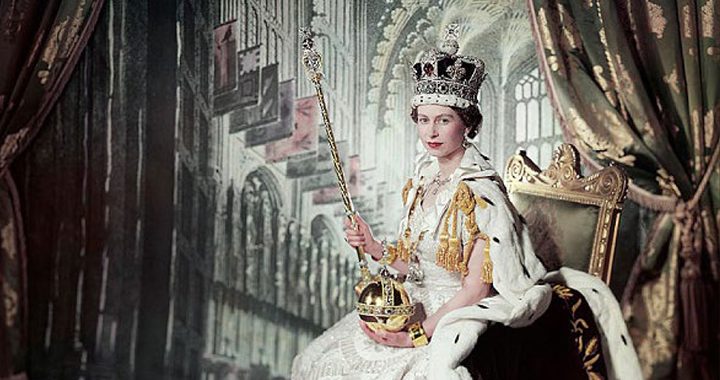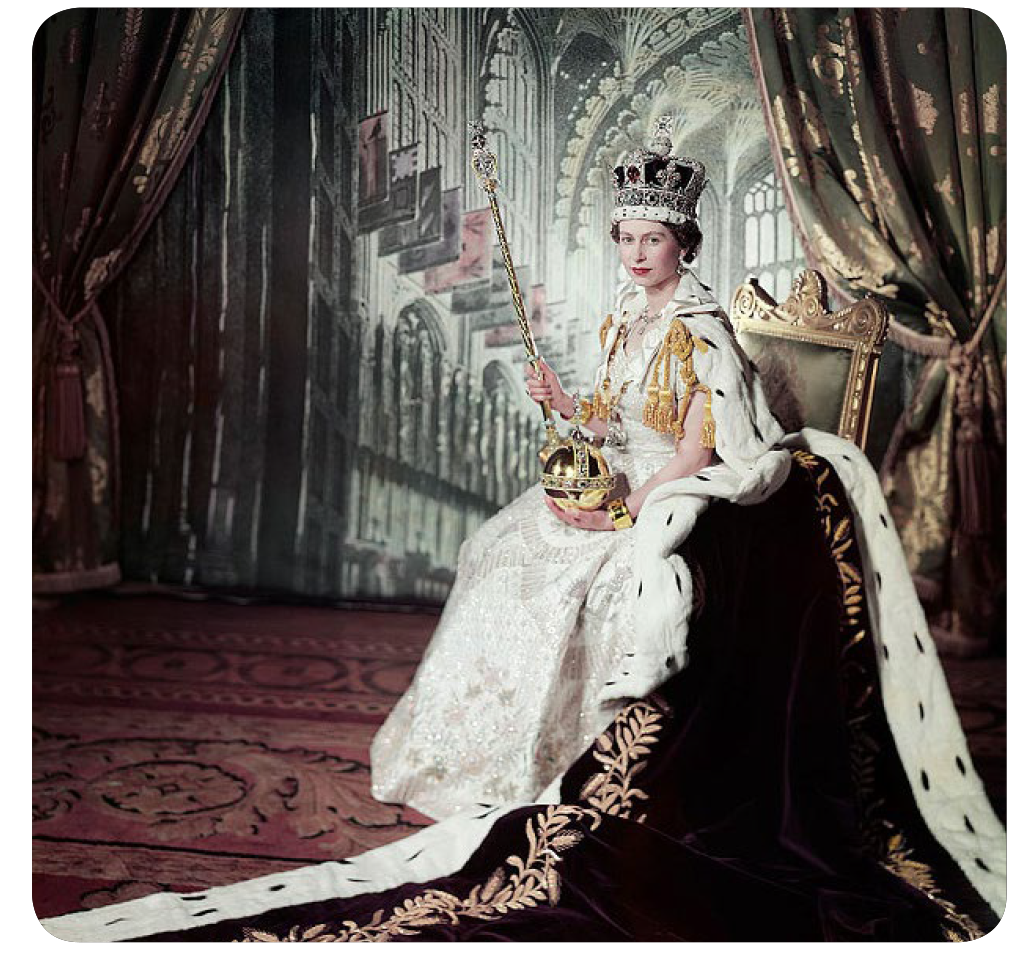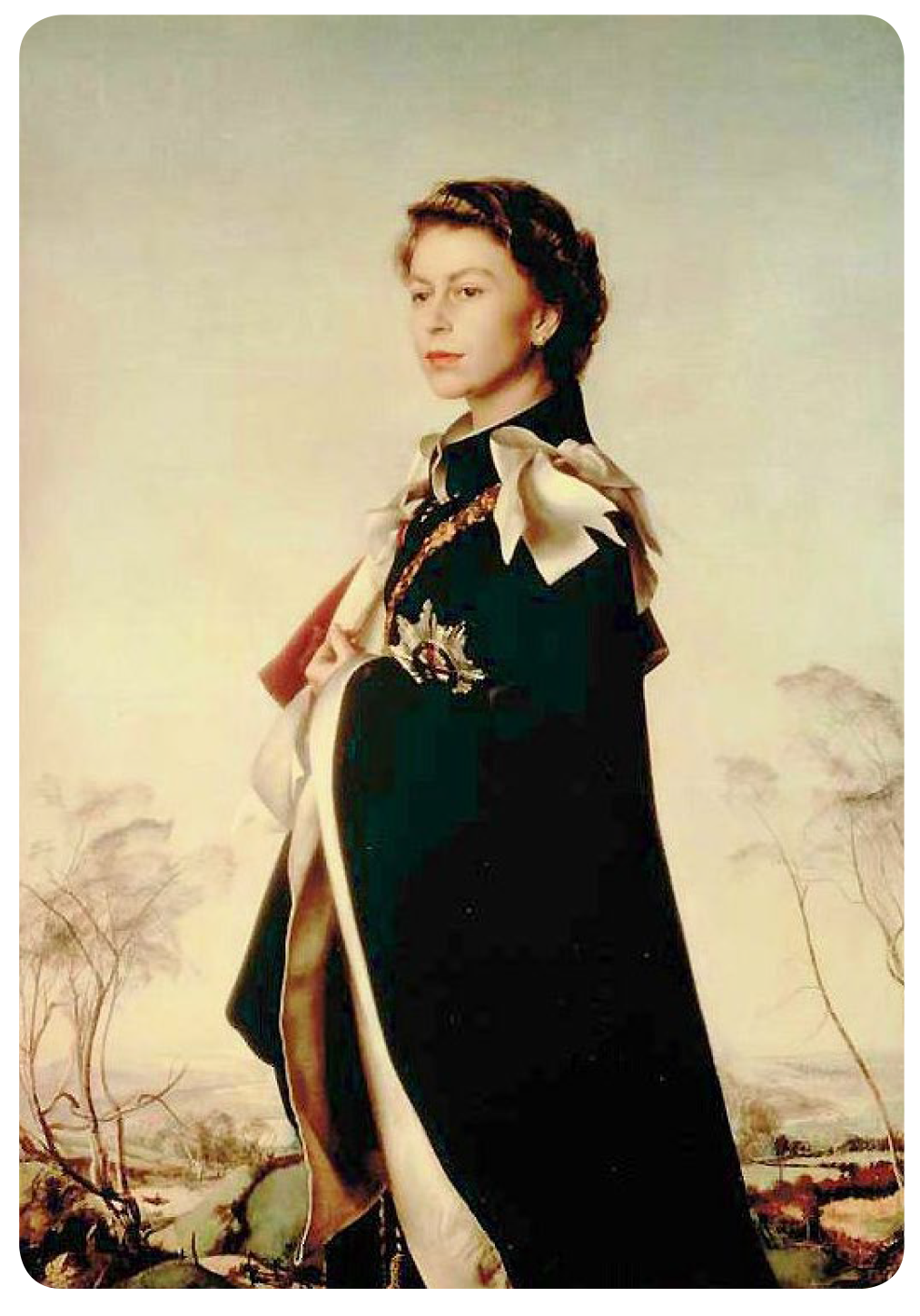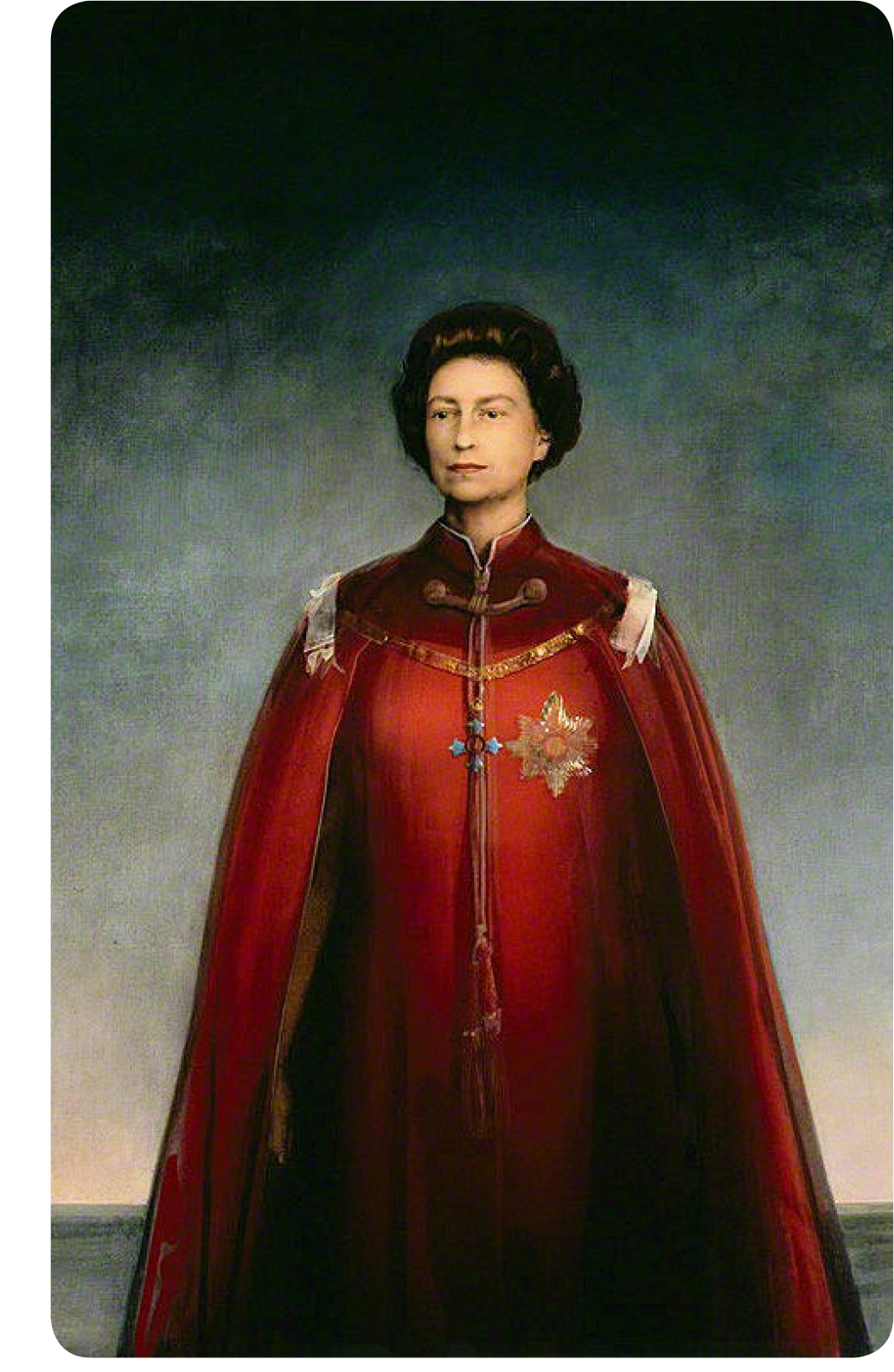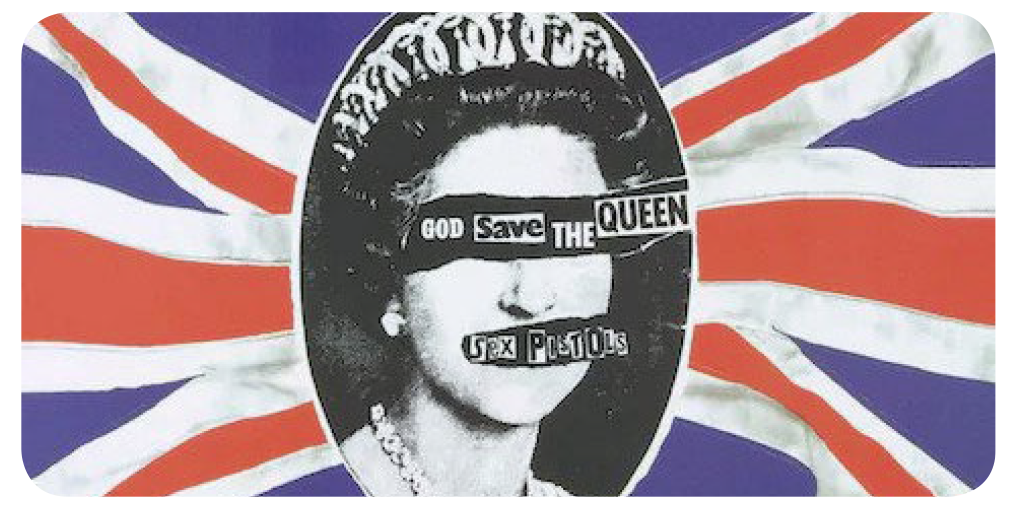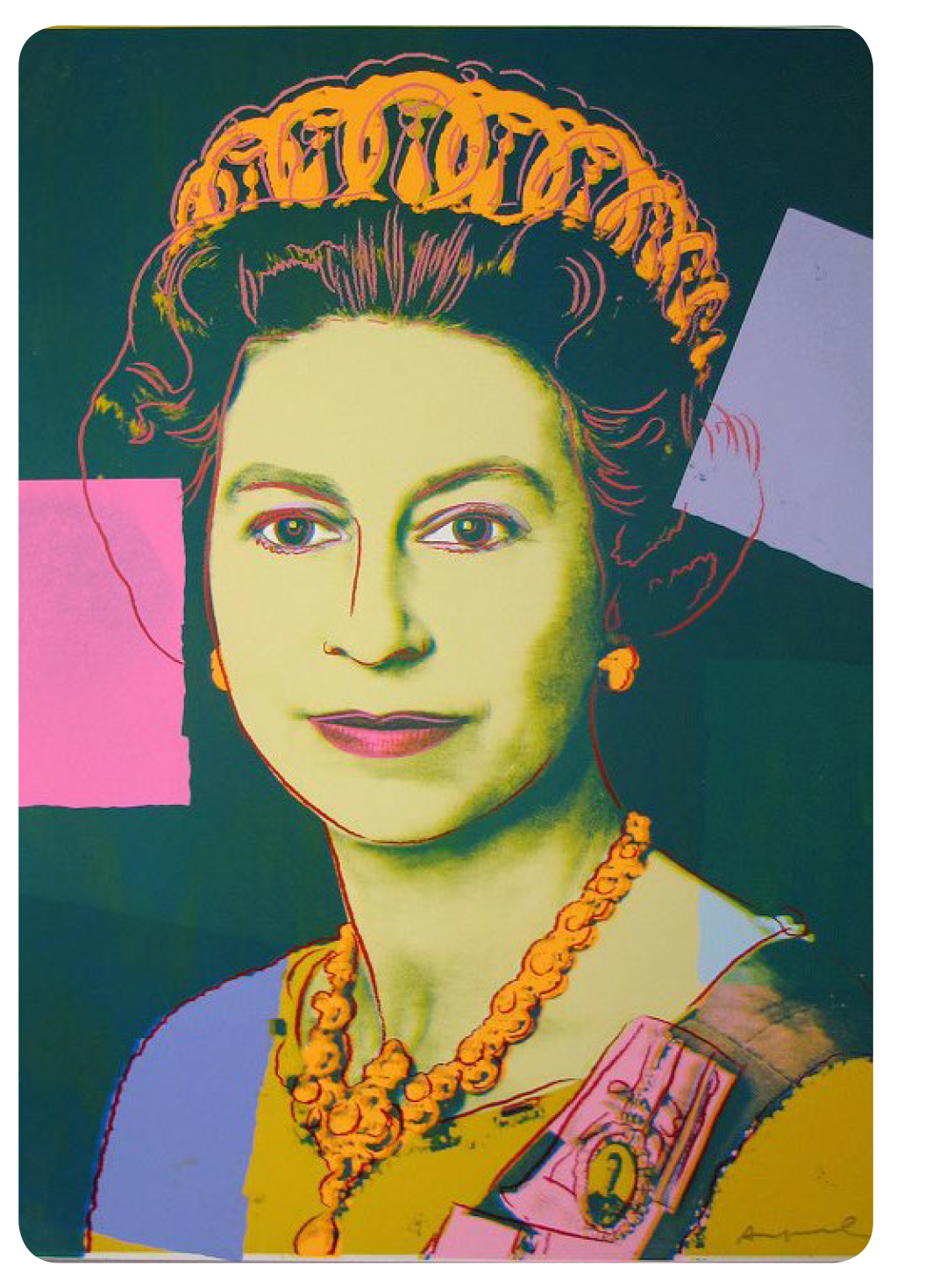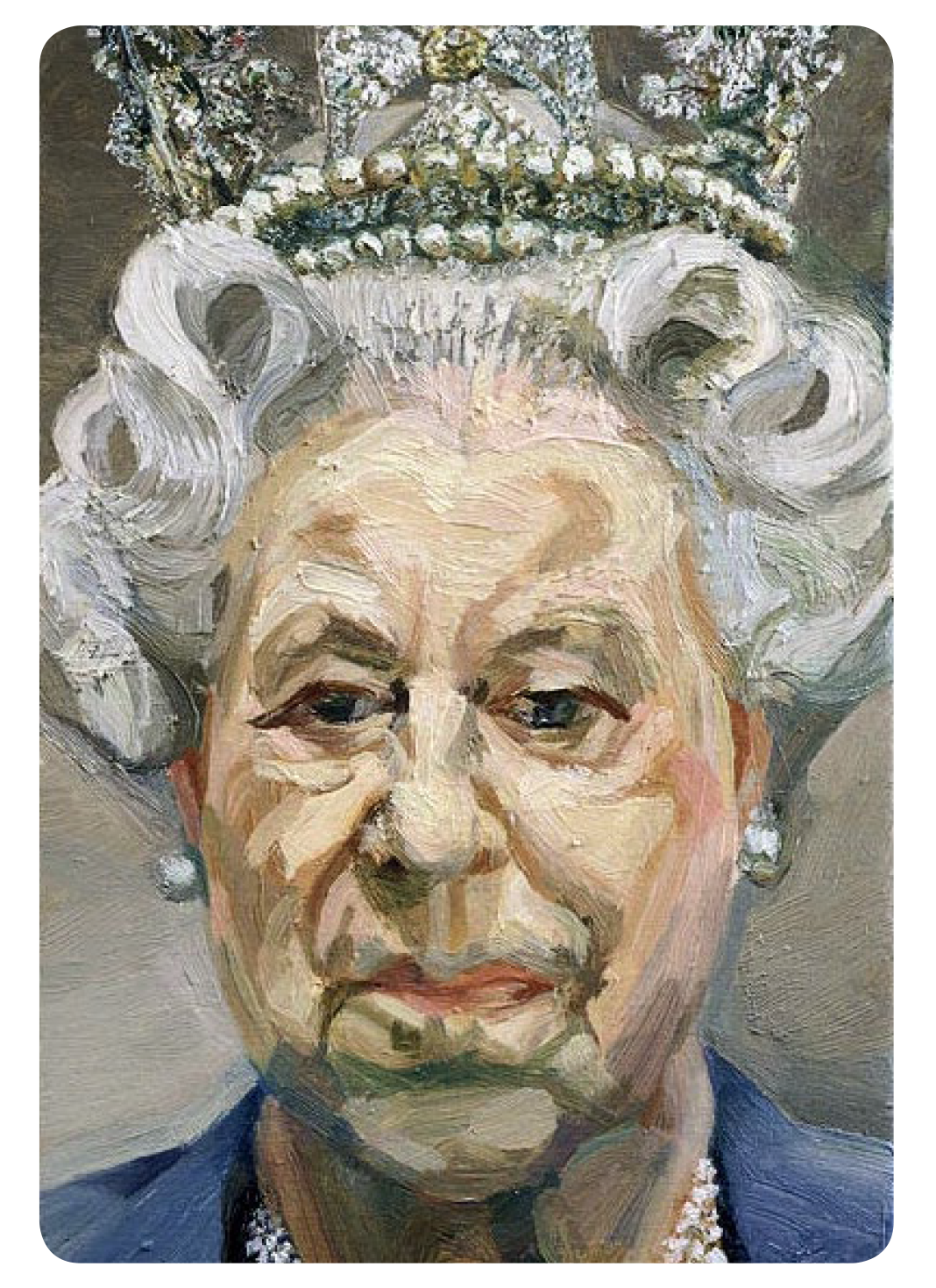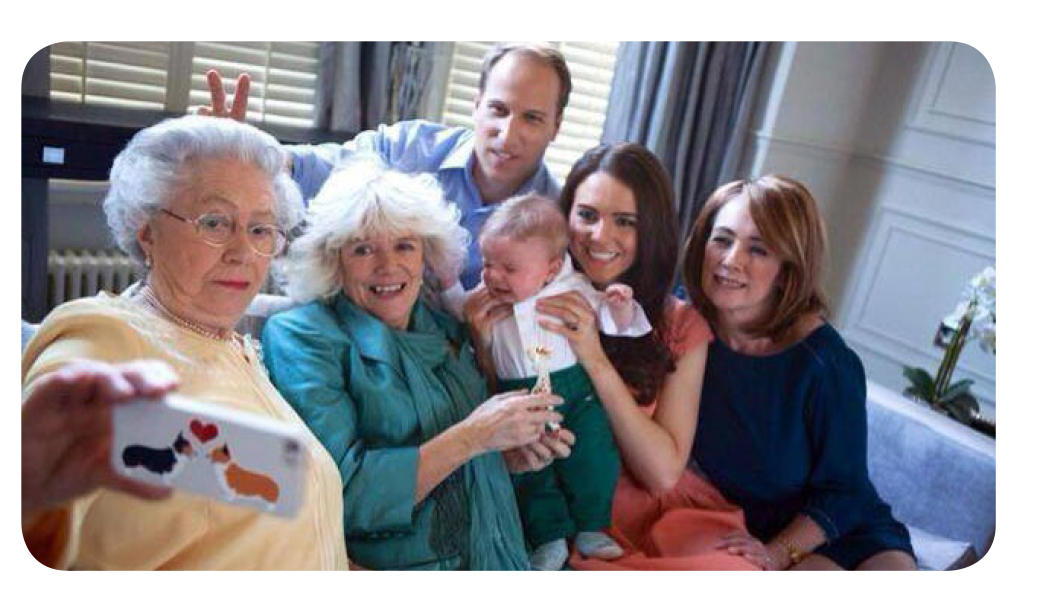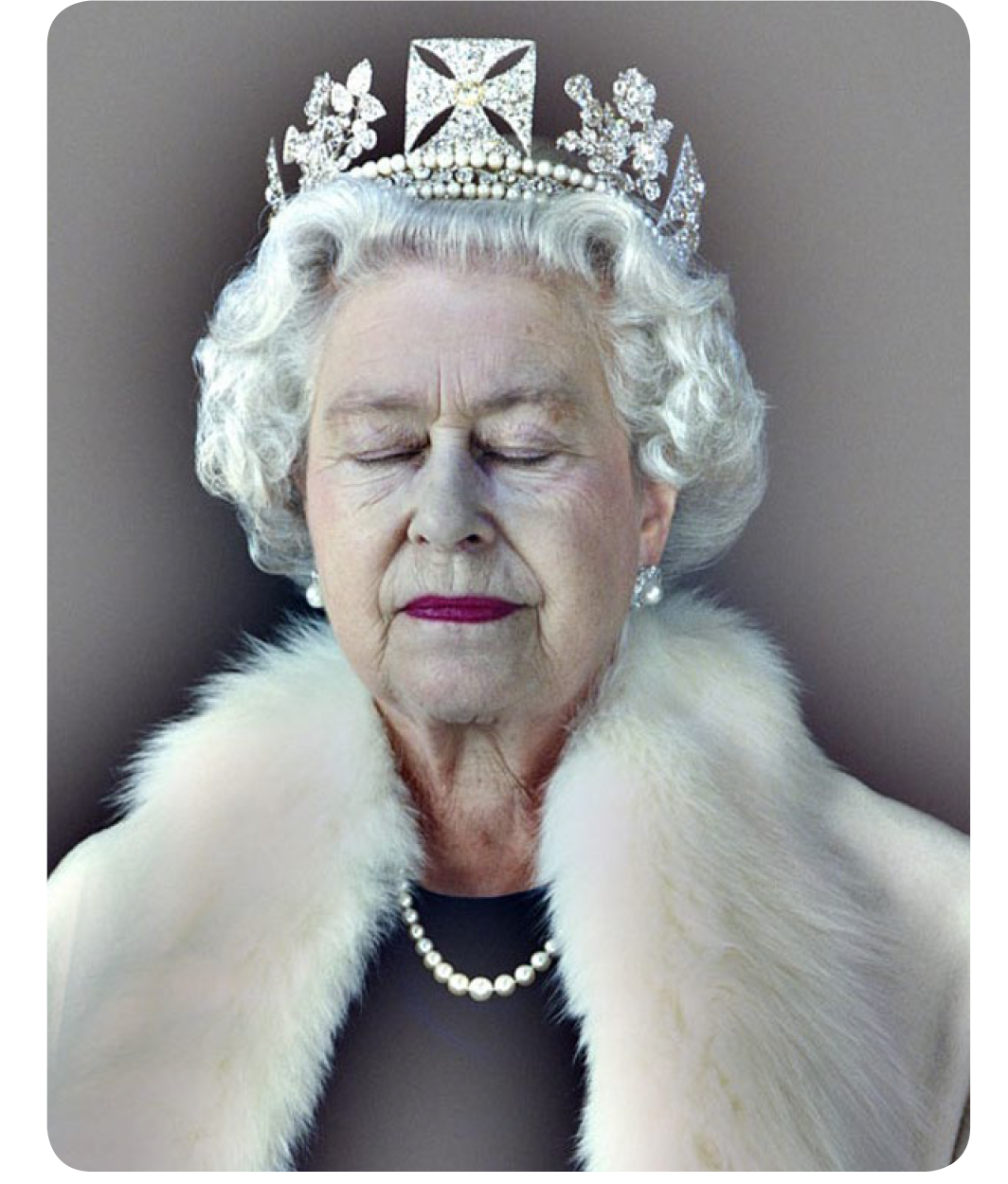Our team of specialists have picked the unmissable exhibitions from Summer ’25. Looking to fill those long summer days with fine art, culture and exquisite jewels? We are on hand to direct you to some of this summer’s must-see events and finest works on display.

The Treasure House Fair, Royal Hospital Chelsea, running from 26 June – 1 July 2025.
“I’m looking forward to attending the Treasure House fair in Chelsea this June, which is the successor to the long popular Masterpiece Fair. There is an electric mixture of fine and decorative arts from all over the world, and, of course, the food can’t be beat!”
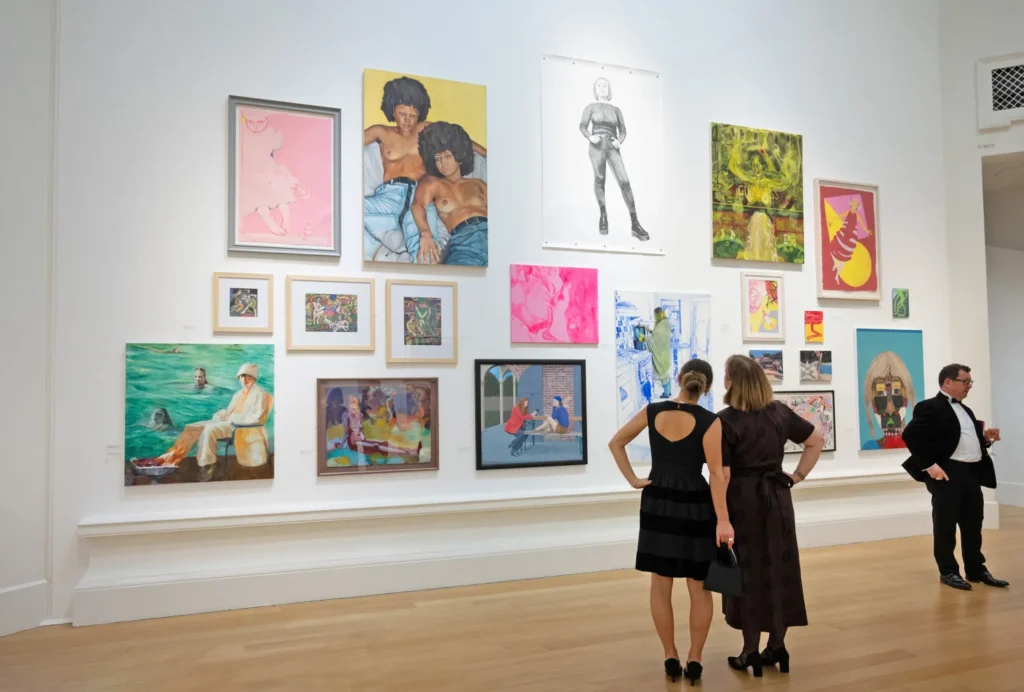
Royal Scottish Academy Annual Exhibition, Edinburgh, 3rd May until 8th June.
“A must see in the Edinburgh art calendar is the RSA Annual Exhibition. Now in its 199th year the largest and longest running annual exhibition of art and architecture in Scotland showcases a fantastic variety of work, there really is something for everyone! For a post exhibition refreshment why not visit the fascinating Edinburgh Gin Bar and Distillery in the city centre!”
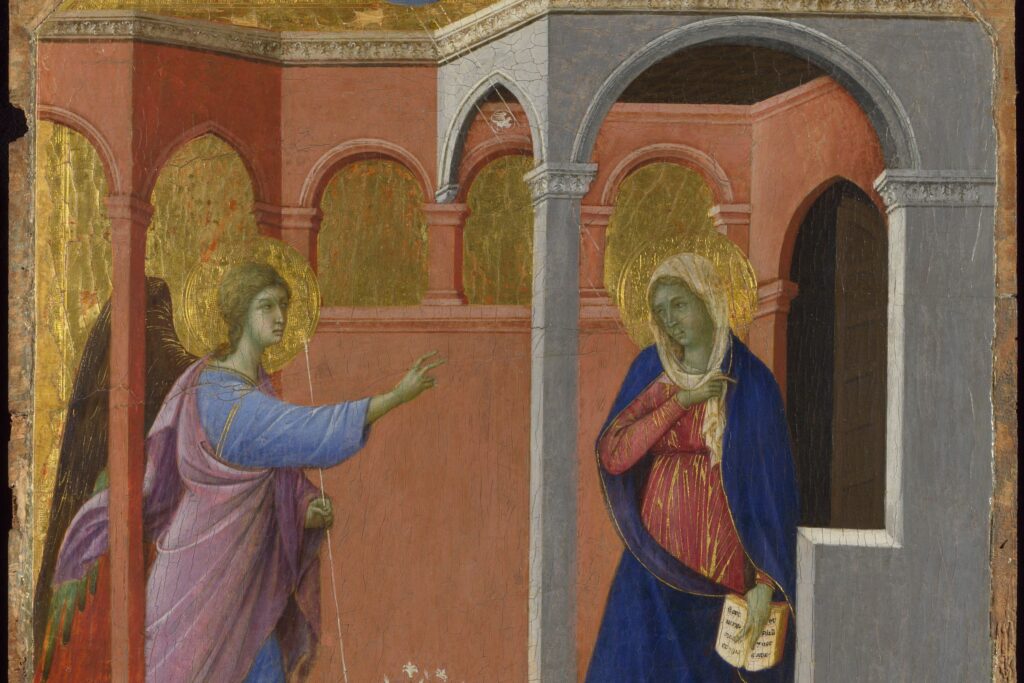
Siena: The Rise of Painting, 1300-1350, National Gallery, London, running until 22nd June 2025.
“The Siena exhibition at the National Gallery looks wonderful. It’s about painting in Siena, Italy between 1300 and 1350 and how that period and the numerous artists working in Siena at the time, was not only hugely important in its own right, but went on to shape so much that followed, not only in painting but also other artistic mediums.”


Edwardians: Age of Elegance, The King’s Gallery, Buckingham Palace, running until 23rd November 2025.
“Showcasing more than 300 objects from the Royal Collection dating from 1863 to 1918, the Edwardians: Age of Elegance exhibition promises opulence and glamour! Featuring works by the most renowned artists of the period, including Carl Fabergé, Frederic Leighton, Edward Burne-Jones, Rosa Bonheur, John Singer Sargent and William Morris, this exhibition features a range of jewellery, works of art, paintings, books, and many more. Highlights include the Dagmar Necklace of 1863, an elaborate diamond, pearl and enamel necklace that was a wedding gift to Alexandra from Frederik VII of Denmark.”
Cartier, Victoria & Albert Museum, London, running until 16th November 2025.
“How could we not feature the hotly anticipated Cartier exhibition at the V&A! Featuring over 350 pieces including jewellery, watches, clocks and historic gemstones, this is a rare chance to see pieces from the span of Cartier’s history. Exhibiting many pieces from private collections and amassing plenty of five-star reviews already, this certainly is my pick of the bunch for exhibitions this year – and I can’t wait to attend!”
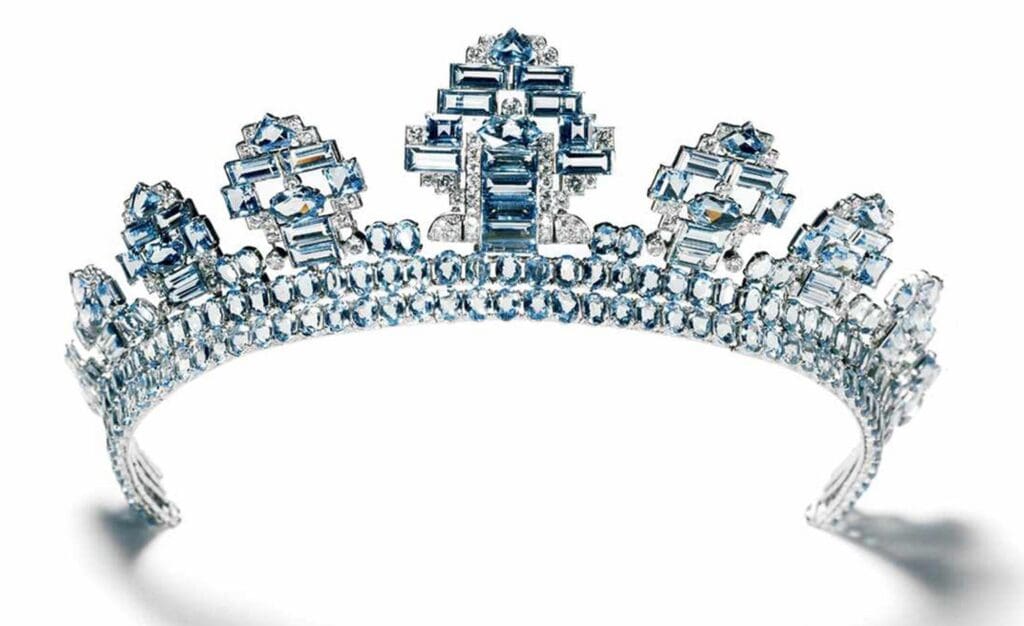
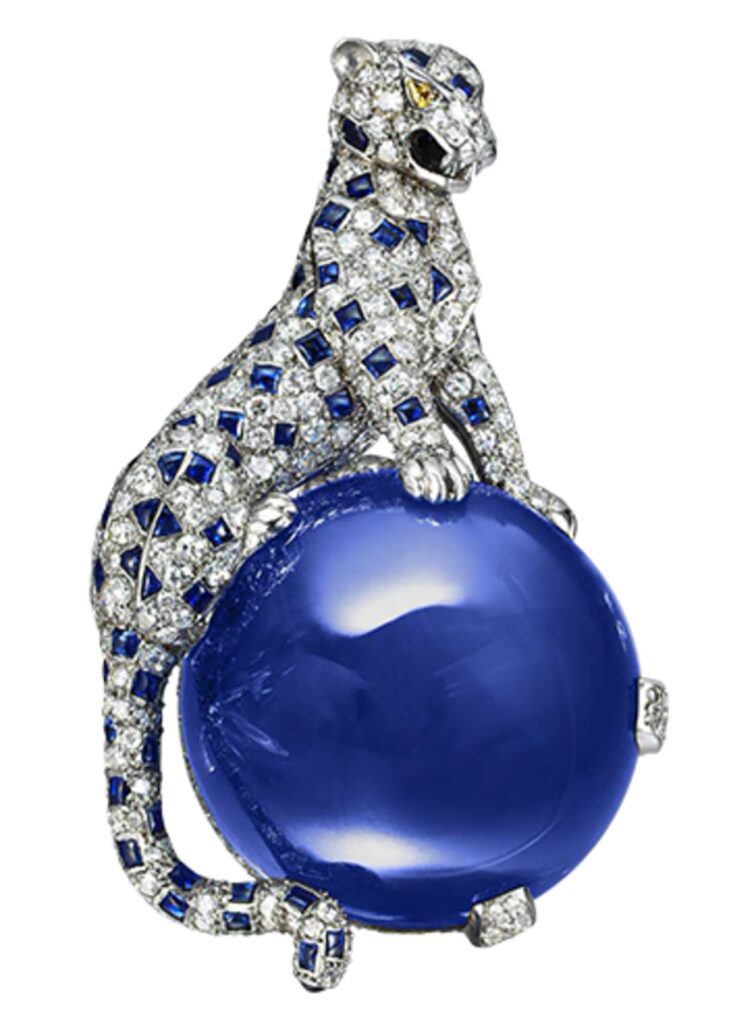
Cartier Style, a talk by Helen Molesworth & Pierre Rainero, Victoria & Albert Museum, London, Thursday 5th June, 7pm
“I am looking forward to attending this talk by my former colleague Helen Molesworth, now the V&A Senior Curator of Jewellery and Image, with Pierre Rainero, Style and Heritage Director of Cartier.”
“As the Image, Style and Heritage Director of Cartier for more than two decades, Pierre Rainero is responsible for overseeing and preserving the aesthetic integrity of the Maison, ensuring seamless integration of innovation and legacy with each new piece. Join him in conversation with V&A Senior Curator of Jewellery Helen Molesworth for an exploration of the evolution of Cartier’s style over its storied history to contemporary designs, discussing the links that unite past, present and future production.” V&A
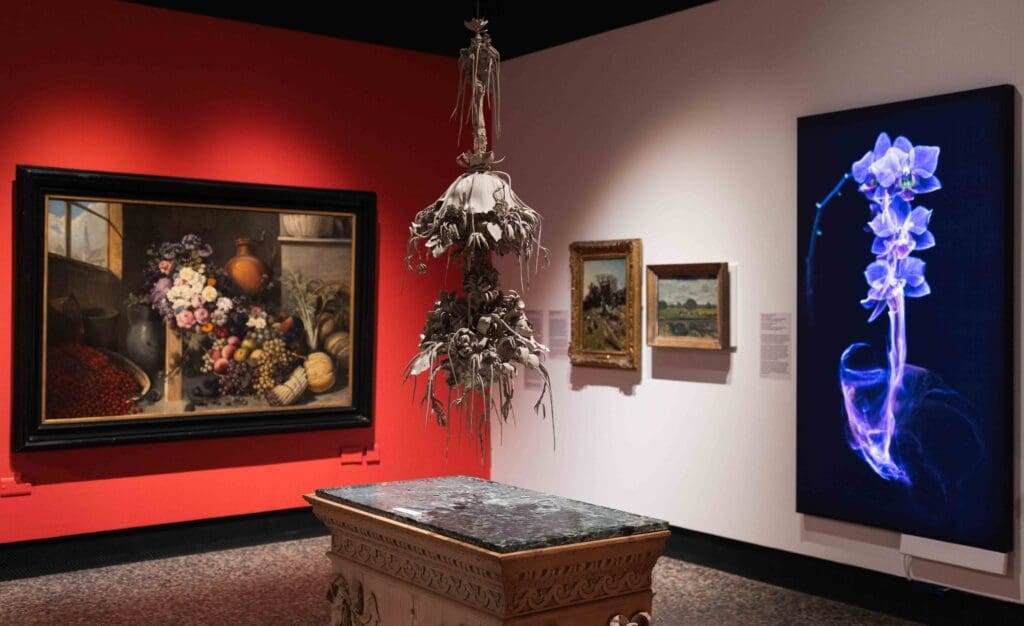
Josephine Bowes: Trendsetters and Trailblazers at the Bowes Museum co. Durham. Ends 29 June.
“I am fascinated to see how Josephine Bowes sought to establish the fantastic collection which now forms the Bowes Museum. It is rare for a woman to have formed such a collection during this period and she sought to buy examples from a wide range of disciplines and artists.”
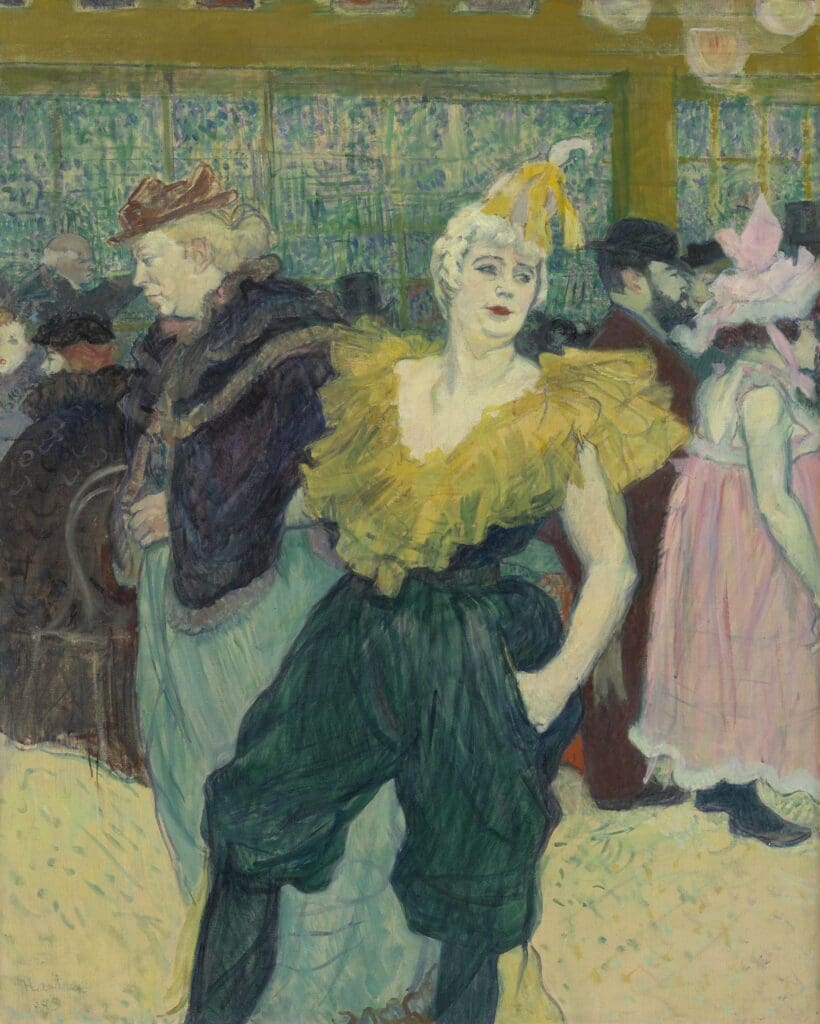
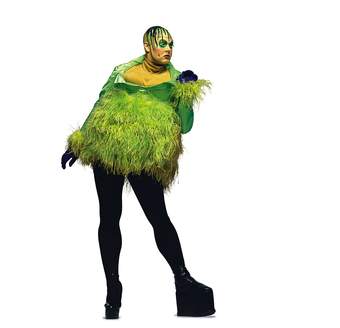
Siena: The Rise of Painting, 1300 - 1350, National Gallery,Until 22 June 2025
Goya to Impressionism: Masterpieces form the Oskar Reinhart Collection, Courtauld Gallery, Until 26th May
Leigh Bowery!, Tate Modern, Until 31st August
Antony Gormley: WITNESS. Early Lead Works, White Cube, Mason’s Yard, Until 8th June
David Hockney: Bigger & Closer (not smaller & further away) Lewis Cubitt Square and Lightroom entrance, King’s Cross, Until 29th June
“This summer, I’m particularly looking forward to a mix of historic and contemporary shows across London. Goya to Impressionism at the Courtauld brings together highlights from the Oskar Reinhart Collection, offering a rare opportunity to see these works in the UK. Leigh Bowery! at Tate Modern promises to be bold, challenging and visually striking. Antony Gormley’s early lead sculptures at White Cube should offer something raw and introspective. And I’ll definitely be catching Hockney’s immersive digital show in King’s Cross – it’s ambitious in scale and packed with colour and movement.”
Whether your summer takes you north to Edinburgh or keeps you in the capital, there’s no shortage of exceptional exhibitions to explore. From Renaissance masterpieces to bold contemporary installations, this season’s line-up is a reminder of the richness and range of the art world. We hope you get the chance to see something that stays with you long after the summer ends.






